1. Introduction
Public housing serves as the basic material living guarantee for the impoverished and low-to-middle-income groups, and its construction and supply primarily rely on the support from the government and non-profit organizations [
1]. Given the differences in national conditions and economic development among various countries, public housing exhibits diversity in naming, supply models, and target audiences [
2,
3,
4,
5,
6]. For instance, Japan and South Korea provide different forms of housing security for their citizens based on the definition of “public housing”, such as “publicly-operated housing and UR rental housing (formerly public operated housing, and now provided by Urban Revitalization Agency), etc.” in Japan and “permanent rental housing, national rental housing, long-term deposit base housing, etc.” in South Korea. In China, public housing is defined as “affordable housing” and effectively alleviates the housing problems of the impoverished, low-income groups, and low-to-middle-income groups through various housing types such as low-rent housing, public rental housing, and economically affordable housing [
2,
3].
Since the early 1960s, South Korea has embarked on the exploration and practice of public housing policies and has continuously promoted the construction, improvement, and optimization of the system in the following decades. Especially in the 1980s, the South Korean government implemented more systematic and standardized management measures for the rental housing market, which effectively promoted the diversified development of supply entities and gave rise to various operation models, thus forming the current extensive and diverse public housing supply system in South Korea [
3,
7,
8,
9,
10]. In contrast, the substantive start of China’s affordable housing sector was relatively late. Although the models of economically affordable housing and low-rent housing, which reflect the social security function, were proposed successively in 1994 and 1998, the overall development process was rather slow. It was not until 2010, when the new type of affordable housing model, public rental housing, which aims to solve the housing difficulties of the “middle-income group” in cities, emerged, that China’s affordable housing supply system gradually entered a more complete new stage. However, under the macro background of the continuous large-scale growth of urban population and the deepening of the urbanization process, the supply of affordable housing still faces severe and complex challenges in terms of construction speed, supply scale, spatial layout and distribution management, etc. [
11,
12,
13,
14,
15,
16,
17,
18,
19]. Therefore, the report of the 19th National Congress of the Communist Party of China clearly stated that it is necessary to “accelerate the construction of a housing system with multiple supply subjects, multiple channels of guarantee, and the coexistence of renting and purchasing”, which has clarified the direction for the future development of China’s housing security system. Subsequently, the “14th Five-Year Plan” further emphasized the need to continuously increase the effective supply of affordable housing and improve the basic institutional framework and related support policies for the construction and operation of affordable housing, specifically proposing the requirement to expand the supply of affordable rental housing. Against this backdrop, given the certain similarities between China and South Korea in terms of cultural background and the role of the government in the housing market, the rich experience, effective strategies and practical lessons accumulated by South Korea in its long-term public housing development process have significant theoretical reference value and practical significance for the continuous healthy development of China’s affordable housing system in the current and future periods.
Furthermore, against the backdrop of the current urbanization process in China, where the contradiction among “population-space-environment” is intensifying, the core of urban construction is shifting from expansion in volume to improvement in the quality of existing resources. Correspondingly, residents’ demands are also evolving from the basic housing supply to meet their living needs to a comprehensive demand for beautiful environments, convenient facilities, and sustainable communities [
20]. Following the emphasis placed by the Ministry of Housing and Urban-Rural Development on the importance of building “better housing” at the end of 2023, in early 2024, it reiterated the need to build in accordance with green, low-carbon, intelligent, and safe standards, focusing on housing layout design, supporting infrastructure development, and public service provision, to ensure that public housing meets the standard of “better housing,” enabling residents to live comfortably, safely, and conveniently. Subsequently, by the end of 2024, the official release of the “Technical Guidelines for Better Housing” and the “Architectural Design Guide for Better Housing in the New Era” marked a new phase in China’s housing development. These guidelines comprehensively integrate key issues such as socio-economic development, new urbanization strategies, urban renewal, aging populations, housing security, green and low-carbon construction, and residential industry transformation. At the same time, to promote a sustainable architectural environment, the design guide has established a direction for industrialized construction characterized by large-space and modular design concepts. It emphasizes the concept of long-lasting buildings through strategies such as structural safety, durability, and flexible spatial planning. It also proposes policies to enhance age-friendly, barrier-free design and intelligent security systems to improve overall building quality. Furthermore, it incorporates considerations such as economic affordability and facilities suitable for all age groups into the green and low-carbon design framework. However, analysis of the spatial composition of unit plans in China’s public housing reveals numerous challenges and opportunities. For instance, the floor area of affordable housing is typically limited to less than 60 square meters, with unit designs primarily restricted to two-bedroom layouts. This often results in insufficient living space for households comprising three or more members. Therefore, it is imperative to systematically optimize housing spatial configurations and scales based on residents’ actual living needs, daily behavioral patterns, and potential changes in family structure—such as children reaching adulthood or elderly relatives moving in. Research indicates that in terms of unit layout, public housing in South Korea effectively accommodates the demand for three-bedroom units among multi-person families, achieving efficient space utilization within constrained areas and demonstrating strong adaptability. Notably, under the combined influence of housing policy regulation and market mechanisms, the design of public housing in South Korea has successfully achieved high standards of living quality. The development of this spatial configuration stems not only from policy frameworks but is also deeply shaped by local lifestyles, cultural customs, and historical traditions. Building upon this, adhering to the principle of “people-oriented and comfortable living,” integrating the core concept of the “better housing,” and conducting an in-depth analysis of the unit plan characteristics of South Korean public housing can provide valuable practical insights for improving living environments and optimizing the spatial design of affordable housing in China [
3,
21,
22].
Although many scholars have explored the development of China’s affordable housing from various disciplinary perspectives and have put forward rich experiences and insights, most of the existing studies are characterized by singularity in terms of disciplinary fields, research methods, methodology, and the presentation of results, and thus have certain limitations. For instance, scholars such as Deng and Tan [
5,
18] in the field of urban and real estate economics, based on the review of the evolution of policies related to affordable housing in China, analyzed the current construction status and institutional issues of China’s affordable housing; Doctor Hu [
16] and scholar Jin [
17] in the field of law and social sciences, through comparative studies of typical policies on affordable housing at home and abroad, explored the improvement measures and innovative mechanisms of China’s affordable housing policies. At the same time, some scholars, such as Wang [
23] and Liu [
24], obtained inspiration through research on public housing in South Korea, but these studies were all focused on the policy mechanism level and had certain limitations. Additionally, some scholars, such as Kim et al. [
10,
25,
26,
27,
28,
29,
30,
31], studied South Korean public housing policies from perspectives such as social integration degree, the necessity of group differentiation, the evolution of supply mechanisms, management models, and sustainable development. However, compared with studies at the policy level, research on the layout and spatial structure of public housing from an architectural perspective is extremely scarce. In the context of pursuing high-quality living environments, in addition to the construction and supply mechanisms of public housing, its spatial design is also of great importance. In view of this, this study integrates multiple disciplinary fields and conducts research on South Korean public housing from three dimensions—policy, culture, and space—in order to explore its implications for the development of China’s affordable housing.
4. Spatial Composition Characteristics of Unit Plan Cases
Based on the above analysis of architectural features, this study focused on systematically and comprehensively exploring and analyzing the spatial composition characteristics of the unit plans of public rental housing in South Korea from multiple dimensions, such as form features, functional spaces, flow organization, and structural zoning. The aim was to reveal the design concepts and spatial organization logic behind them [
40,
41,
42,
43].
4.1. Morphological Features of Unit Plans
As shown in
Table 2, the unit plan layout of permanent and national rental housing in South Korea mainly presents as a “☐” shape, “L” shape, “T” shape, or other irregular shapes. Through analyzing the unit plans of 46 research cases, it was found that among the “☐” shape unit plans, 19 were close to a rectangle, accounting for 41% of the total research cases; there were 15 “L” shape unit plans, which also occupied a considerable proportion. Following closely were the “☐” shape unit plans that were close to a square and elongated, each accounting for 9%. The number of other irregular-shaped unit plans was mostly between two and three, with similar proportions. The composition of these unit plan shapes reflects that South Korean residential culture is deeply influenced by the Chinese philosophy of “Heaven is round and Earth is square”, and the design of the living space pursues rectilinearity. Therefore, the unit plans are mostly composed of square-shaped living rooms, dining rooms, kitchens, bedrooms, and bathrooms. According to the combination of spaces and the layout of connecting corridors and other flow spaces, the unit plans present various forms. Among them, the “☐” shape and “L” shape unit plan forms are relatively common, while the “T” shape and other irregular unit plans occasionally appear due to building layout or lighting optimization and other design considerations.
4.2. Combination Methods of L.D.K.
As shown in
Table 3, the combination methods of L.D.K. can be divided into two major categories according to the type of kitchen: open kitchen and closed kitchen. Based on the layout and streamlined composition of the living room, dining room, and kitchen, an open kitchen can be further divided into five types: LDK, LD-K, L-DK, L-D-K, DK (L), while a closed kitchen is presented in the L/DK type. Among the 46 case house plans, the closed L/DK type accounts for approximately 11%, while the remaining 89% are open types. In open kitchens, the L-DK type and LDK type each occupy 15 and 12, respectively, totaling 58% of all unit plans, which are commonly applicable types. The DK(L) type and LD-K type each have seven and five, respectively, accounting for about 15% and 11%, respectively, which are relatively rare types. Finally, only two house plans adopt the L-D-K combination pattern, which is a relatively rare layout.
When exploring the unit plan design of public rental housing in South Korea, the layout and streamlined relationships between the kitchen and living room become the key elements for analyzing different types of L.D.K. (living–dining–kitchen) configurations. By analyzing these two key factors, the combination methods of L.D.K. can be systematically classified (see
Table 4). That is, the classification of open kitchens covers six types from A to F, plus one type of closed kitchen, totaling seven types. Among them, types A and D place all three functional areas within a rectangular space, presenting the most common layout pattern. Compared with the separation of the kitchen and the living room, as well as dining room spaces caused by the partition of the walls in D-type, the layout in A-type, where there are no partition walls between the three functional areas, is more common. B-type presents an L-shaped layout, where the living room and dining room space form a rectangle, while the kitchen, as an independent space, protrudes outside the rectangle to form an L shape. Among the 46 case unit plans, B-type occupies 7, which is a relatively common combination method. In C-type, the kitchen is separated from the dining room and overlaps with a corner of the dining room, forming a Z-shaped layout. In 46 cases, only 1 adopted this layout, which is a relatively rare combination. E-type and C-type have similar spatial forms, but in terms of spatial layout, the kitchen and dining room share the same space and are separated from the living room space. F-type does not have a separate living room space, but instead uses a larger bedroom as a living room. In G-type, the dining room and kitchen share a closed space and are completely separated from the living room. The three types of G, E, and F mentioned above have similar proportions to B-type and are all common combinations.
4.3. Configuration Strategy of Bedrooms
Among the 46 case unit plans, two-bedroom and three-bedroom layouts together accounted for approximately 72% of the total. Specifically, there are 27 two-bedroom layouts and 6 three-bedroom layouts. The two-bedroom layouts are all of the dispersed type and could be further categorized into six distinct combination forms (see
Table 5). The three-bedroom layouts encompassed two main categories: dispersed type and mixed type. Among these, one was classified as a dispersed type, and two as mixed types, resulting in a total of three different combination methods (see
Table 6).
Among the two-bedroom layouts, 19 are presented in types A and C. The two bedrooms are arranged around the bathroom and are separated from the living area. There are 10 of A-type, where all spaces, including the bedrooms and bathrooms, can be accessed directly from the living area. The other nine are presented in C-type, creating a transitional space between bedroom R1 and bathroom that serves as a corridor to reduce the streamlined distance and ensure the usable area of the living room. Types B and D are similar to types A and C, with two bedrooms arranged around the bathroom as the center. However, in types B and D, the bathroom and two bedrooms are arranged in an L-shaped layout together, so the relationship with the living room space is closer to the spatial structure surrounding the living room compared to separation. And these two types are applicable to two and three, respectively, and are relatively rare. B-type is similar to A-type in that all spaces can be directly accessed from the living room, while D-type is similar to C-type in that it relies on transitional spaces to achieve spatial streamline. In addition, E-type, with two bedrooms located on either side of the living room as the center, and F-type, located diagonally opposite the living room, are occasionally seen in permanent and national rental housing in South Korea.
The 50% proportion of three-bedroom layouts (including three unit plans) is typically represented by the G-type layout, where the three bedrooms are arranged in a triangular formation around the bathroom and the living room, and are completely isolated from each other. The other three three-bedroom unit plans adopt a mixed layout pattern, as shown in H-type and I-type, where two bedrooms are adjacent to each other, and the third bedroom is separated from them. The common features of mixed-type layouts are mainly manifested in the staggered layout of adjacent bedrooms, relying on a transitional space to achieve integration, while being separated from the third bedroom and centered around the living room, distributed on two adjacent facades.
4.4. Role of Transitional Spaces in Spatial Integration
In the unit plan design of public rental housing in South Korea, the internal corridors and other transitional spaces are one of the prominent features. In 46 research cases, approximately 41% of the 19 unit plans had internal corridors, and the integration relationships of the various indoor spaces formed by these corridors as nodes are shown in
Table 7. Among them, the B-type transitional space located between the bedroom and the bathroom was the most common, serving to integrate and connect the two spaces. Meanwhile, A-type, which is located between two bedrooms, C-type, which integrates and connects three spaces such as bedrooms, bathrooms, and kitchens, and D-type, which serves as a buffer space and as an independent space, are occasionally seen in permanent and national rental housing in South Korea. The comprehensive analysis indicates that, apart from serving as buffer zones for functional spaces such as bedrooms, kitchens, or bathrooms, most transitional spaces are mainly located between bedrooms, as well as between bedrooms and other spaces like bathrooms or kitchens, and they play a role in integrating the spaces. The setting of transitional spaces, as a strategy to shorten the internal flow distance of the living room, has certain advantages in ensuring the actual usage range and area of the living room.
4.5. Other Spatial Configuration Characteristics
In the analysis of the balcony design of public rental housing in South Korea, this study revealed its unique spatial layout characteristics. By examining the unit plans of 46 research cases, it was found that balcony spaces were present in all cases. Specifically, 34 unit plans (accounting for 74% of the total) had balconies connected to the bedrooms, serving as drying areas. Additionally, nine balconies (accounting for 20%) were not only connected to the bedrooms but also to other spaces such as the living room, forming a composite layout. Only in two cases were the balconies connected to the living room, mainly due to the open-plan design of these cases, where the functions of the living room and bedroom were combined. From the analysis of the unit plan morphology, 87% of the balconies adopted an embedded design, interlocking with other spaces and forming a unified whole, while the remaining 13% of the balconies were of the protruding type, protruding beyond the building’s edge. This design differs from the common protruding balcony layout in China, reflecting the differences in living habits and cultural preferences between different countries. Moreover, in terms of bathroom design, although both South Korea and China tend to concentrate bathing, toilet use, and grooming functions in one space, the preference of South Koreans for the bath culture led to their bathrooms typically being equipped with bathtubs.
5. Spatial Structure Analysis
To further deepen and refine the systematic exploration of the spatial composition elements’ characteristics in the unit plans of public housing in South Korea, this study innovatively employs the J-Graph, a core analytical method from the Space Syntax Theory proposed by Professor Hillier (B.) and scholars such as Hanson (J.) from the Bartlett School of Architecture, University of London, in the late 1970s. By constructing a topological network model of spatial relationships, it conducts a quantitative analysis of the organizational structure and connection patterns of the spatial layout in South Korean housing unit plans [
44,
45,
46,
47]. Based on a scientific classification of the unit plans of public housing in South Korea, this study uses this spatial analysis method to systematically analyze the spatial structure features, circulation organization patterns, and functional zoning characteristics of different housing floor plans in South Korea from multiple dimensions, thereby revealing the inherent laws and unique attributes of the spatial composition of public housing floor plans in South Korea.
5.1. Open Plan Types
In South Korean public housing complexes, the open-plan type is a relatively rare type. Among the 46 unit plans, there are only 2 of this type, and both are applied in a single public housing complex. Analyzing from the depth level of the spatial structure, the values are 4 and 5, respectively. The reason for this numerical difference lies in the fact that the kitchen of one of the unit plans is separated from the living room, presenting an LD-K spatial structure. Therefore, the depth of this unit plan is relatively greater. The number of nodes in both unit plans is seven. One of the unit plans adopts the LDK layout, which differs from the independent kitchen layout of the other type. That is, this unit plan has two balconies, so the number of nodes in the two unit plans is the same. However, due to the difference in depth, the total depths are 16 and 19, respectively, and the mean depths are 2.67 and 3.17, respectively. The values have certain deviations. The relativized asymmetry (RA) of the space structures in the two unit plans is 0.67 and 0.87, respectively. Overall, the values are relatively high, indicating that both types have a strong tendency towards independence in terms of structural composition (see
Table 8).
The minimum value of the connectivity is all 1, and most of them occur in the balcony and bathroom areas. The maximum value is all 3. One of the unit plan types has the maximum value at the entrance corridor, while the other has the maximum value at the kitchen. This structural difference is due to the fact that the former has an independent kitchen built between the entrance corridor and the living room, which forms a transitional space between these two spaces and also ensures the convenience of accessing the bathroom.
5.2. One Bedroom Types
There are a total of 11 units in the one-bedroom types. Among them, three units have a depth of 4, while the remaining eight units have a depth of 5 (as shown in
Table 9). In the unit plans with a depth of 5, spaces such as the entrance, transitional space H or C, living room or dining room, bedroom, and balcony exhibit different depth characteristics in different unit plans. For instance, some units lack a transitional space, but due to the separate layout of the living room, kitchen, and dining room, the overall space depth is relatively large; conversely, some unit plans do have a transitional space H, but because the balcony is connected to both the living room and the bedroom, the overall space depth is relatively smaller. The number of nodes varies with values such as six, seven, eight, and nine. Among the 11 unit plans, 5 have a total node count of nine, 3 have seven, 2 have have, and 1 has eight. The characteristics of the unit plans with the least total node count mainly manifest as not having a living room space divided into independent areas, but instead using the form of bedrooms serving as living rooms; in the three unit plans with a total node count of seven, the entrance, bedroom, bathroom, balcony, and LDK spaces form transitional spaces, or present as separate L-DK structures; the unit plan with a total node count of eight uses transitional spaces to construct an independent L-DK spatial structure; while the remaining five unit plans with a total node count of nine also have multi-functional rooms or refuge spaces, in addition to the aforementioned spaces. The total depth of the one-bedroom types ranges from 13 to 27, presenting diverse numerical characteristics. If measured by the mean depth, the value of the two two-unit plans is 2.60, and one is 2.86, which is relatively low; the mean depth values of the remaining eight unit plans are all within the range of 3.00–3.38, showing relatively similar numerical characteristics. This is because the eight unit plans with a depth of 5 have similar numbers of nodes and spatial structures. The analysis results of the relativized asymmetry indicate that the values are all within the range of 0.62 to 0.87, with an average value of 0.73. This suggests that in the actual spatial structure, there is a preference for the separation of spaces.
The minimum value of connectivity is all 1, and it mainly exists in bathrooms, balconies, as well as other service rooms such as multi-functional rooms, changing rooms, or refuge spaces. Among the 11 unit plans, the connectivity value of 4 units is 4, and for 7 units the value is 3, mainly appearing in transitional spaces H or C and the living room. This indicates that the spatial composition of the unit plans is centered around the living room and transitional spaces. Moreover, the research shows that in the unit plans of the same case project, there is a tendency to form the same or similar spatial structures. And in a one-bedroom unit plan in South Korea, a three-space circular route, such as “entrance corridor-kitchen-living room-entrance corridor”, and a five-space circular route, such as “entrance corridor–kitchen-dining room-living room-balcony-entrance corridor”, can be observed, indicating that there is a preference for space integration in the spatial layout.
5.3. Two Bedroom Types
As shown in
Table 10, among the 23 two-bedroom units, 10 have a depth of 4, while the remaining 17 have a depth of 5. The unit plans with a depth of 5 mostly fall into the category where both transitional space H and C coexist; some of the units have only one transitional space H or C, but they have a balcony at the deepest part of the unit plan, or the L.D.K. space is in a separate state. The unit plans with a depth of 4 can be roughly divided into two types based on the presence or absence of transitional space.
For those with transitional space, the number of transitional spaces is always one, and the L.D.K. is an integrated large space, thus the spatial structure depth is relatively shallow; for those without transitional space, they are mostly formed due to the integration of L.D.K., and in some unit plans without a living room, the DK space plays the same integrating function as L.D.K. The number of nodes varies between 7 and 11. Among them, the number of nodes for three unit plans is 7, for eight plans is 8 nodes, for seven is 9, for five is 10, and for four is 11. The reason why the number of nodes is diverse lies in the fact that, in addition to the basic spaces such as LDK, bathrooms, bedrooms, etc., it also involves factors such as the presence or absence of transitional spaces, the number of balconies, the combination form of LDK, and the presence or absence of other service spaces such as multi-functional rooms or refuge spaces. Moreover, the fact that most unit plans have an independent entrance is also a factor contributing to the relatively larger number of nodes. The total depth of the two-bedroom types ranges from 16 to 35, showing significant differences. However, the mean depth is within the range of 2.67 to 3.60, although there are some variations, they are generally similar. In some unit plans with a space structure depth of 7, the mean depth is within the range of 2.67 to 2.86, while the rest are above 3.00, close to the overall mean depth of 3.10. This indicates that the spatial composition density of all unit plans is similar. The relativized asymmetry is between 0.47 and 0.71, with an average of 0.60, which is relatively close to the benchmark value of 0.50. However, from an overall perspective, the spatial structure shows a feature of a separate layout.
The minimum value of connectivity remains 1 and is found in spaces such as bathrooms, balconies, bedroom 2, multi-functional rooms, refuge areas, and cloakrooms. Its maximum value appears as different numbers such as 3, 4, 5, and 6, mainly in areas like living rooms and D.K. rooms. In rare cases, it may also occur in evacuation spaces or secondary bedrooms. Based on this, it can be confirmed that the majority of the unit plans are centered around the living room or D.K. room. Among the 27 two-bedroom unit plans, 19 have the maximum connectivity value of 4; in the remaining 8, 4 have the maximum value of 3, and the other 4 have maximum values of 5 and 6, respectively. In the two-bedroom types, most of the units connect the balcony with the living room and one of the bedrooms. In some of the unit plans, there is a four-space circulation route consisting of “balcony-bedroom-living room-transitional space or DK room”. In certain unit spatial structures, a circulation route of “entrance-DK room-bathroom-secondary bedroom-” can also be found. Additionally, there are unit spatial structures that simultaneously feature a circulation route composed of “balcony-living room-bedroom-transitional space (C)” and a circulation route consisting of “living room-transitional space (H)-kitchen and dining room” with three spaces. Some unit plans also present a circulation route consisting of “balcony-living room-kitchen-dining room-transitional space (C)” with five spaces.
5.4. Three Bedroom Types
Among the six three-bedroom unit plans, the depth of three units is 7, two are 6, and one is 5. Among them, the unit plans with a depth of 7 all belong to the type that simultaneously have transitional spaces H and C; the unit plans with a depth of 6 only have transitional space H, while the unit plans with a space depth of 5 have a balcony and refuge space, but one of the bedrooms and the living room are arranged separately on both sides around the entrance corridor, resulting in the shallowest space depth. The number of nodes is roughly within the range of 13 to 15. Among them, the number of nodes for the four unit plans is 14, while the number of nodes for the other two unit plans is 13 and 15, respectively. The formation of this spatial structure is mainly due to the presence of an entrance corridor at the entrance, and this unit consists of a living room, three bedrooms, two bathrooms, two balconies, a refuge space, and an independent L-D-K space layout. Therefore, the number of nodes is relatively large. In the unit with a total of 15 nodes, there are transitional spaces H and C, and three balconies, while in the unit with a total of 13 nodes, there is only one transitional space and two balconies, so the number of spaces is relatively smaller. The total depth of the space structure for each unit plan varies within the range of 42 to 60. In terms of mean depth, except for one unit plan whose mean depth is 3.50, the mean depth of the other 5 unit plans ranges from 3.92 to 4.29, showing similar values. This can be inferred that the space structures of most unit plans have a high degree of similarity. The unit plan with a mean depth of 3.50 is mainly due to the layout of the master bedroom and the living room centered around the entrance corridor, resulting in a two-way dispersed structural form for the space layout. The relativized asymmetry is mainly distributed between 0.45 and 0.53, and a value close to 0.50 indicates that, compared to other unit plans with fewer bedrooms, the design of the three-bedroom unit plan pays more attention to the integration of space rather than isolation (see
Table 11).
The minimum value of connectivity is all 1, and it is mainly distributed in areas such as bathrooms, balconies, bedroom 2, bedroom 3, refuge spaces, and kitchens; the maximum value is 4 for all, and it appears in transitional spaces H as well as public areas such as living rooms and dining rooms. Among them, two unit plans are derived due to different entrance positions, so they present the same spatial structure. The maximum connectivity value simultaneously appears in the entrance corridor, dining room, and living room; in one unit plan, two bedrooms are simultaneously connected to the entrance corridor, and the living room is also simultaneously connected to the bathroom, kitchen, and balcony. Therefore, the maximum connectivity value simultaneously appears in the entrance corridor and the living room; in the maximum connectivity values of the other three unit plans, two appear in the entrance corridor, and one appears in the living room.
7. Conclusions
Against the backdrop of China’s ongoing emphasis on the construction and supply of affordable housing, as well as its active promotion of developing “better housing” within this framework, the mature public housing policy system and diversified supply models in South Korea, along with its extensive practical experience, offer significant reference value and implications for China’s affordable housing development. Most previous studies have shown a degree of uniformity in terms of disciplinary fields, research methods, methodology, and the presentation of results, and they have certain limitations. In contrast, this study takes an architectural perspective, combines the evolution of public housing policies and the cultural background of residence, and conducts research on the significant development of public housing in South Korea. Based on an in-depth analysis of the public housing policy mechanism in South Korea and the spatial composition characteristics of its housing layouts, guiding suggestions for the development of China’s affordable housing have been proposed, which are characterized by “policy-space-culture” integration. At the policy level, it is recommended to establish a multi-tiered supply mechanism and implement an early-warning system for emerging affordable housing demands. At the spatial design level, standardization and modularization of housing design are advocated. At the cultural level, it is suggested to enhance cultural adaptability by aligning housing design with local residential culture and residents’ living habits. Through these integrated strategies, the goal of constructing affordable “better housing” that is safe, comfortable, green, and intelligent can be more effectively realized. To further validate the outcomes of this research and actively promote the practical application of these results in the pilot projects, the subsequent work of this study is currently being carried out comprehensively and deeply from multiple sustainable dimensions. Specifically, these dimensions include the analysis of social and cultural impacts, the optimization discussion of urban renewal strategies, and the exploration of the application of digital design and artificial intelligence technologies in practice. Through this multi-dimensional integrated research, the aim is to ensure the practicality and forward-looking nature of the research outcomes and provide strong support for the sustainable development of related fields.


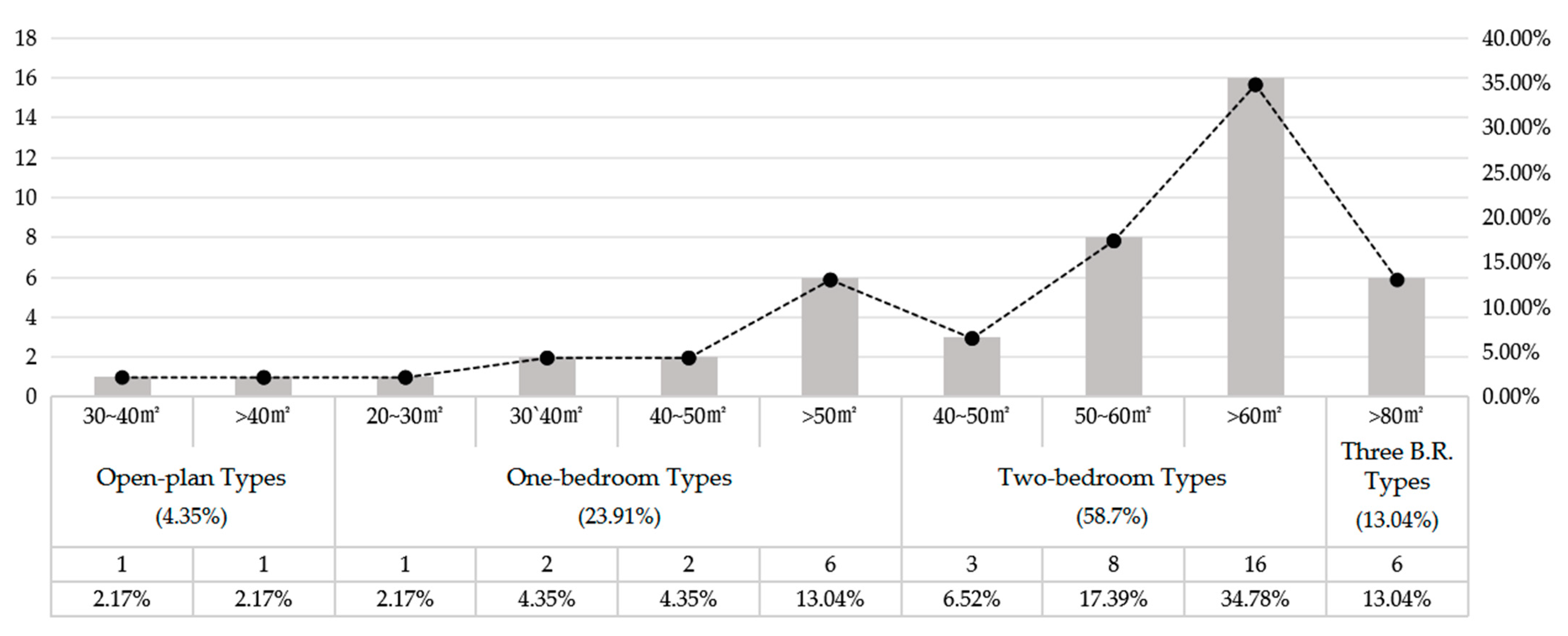
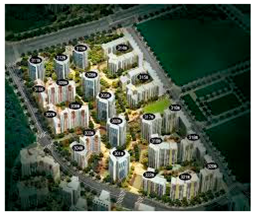
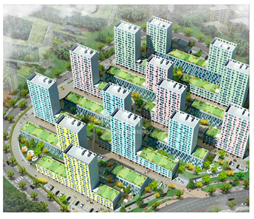

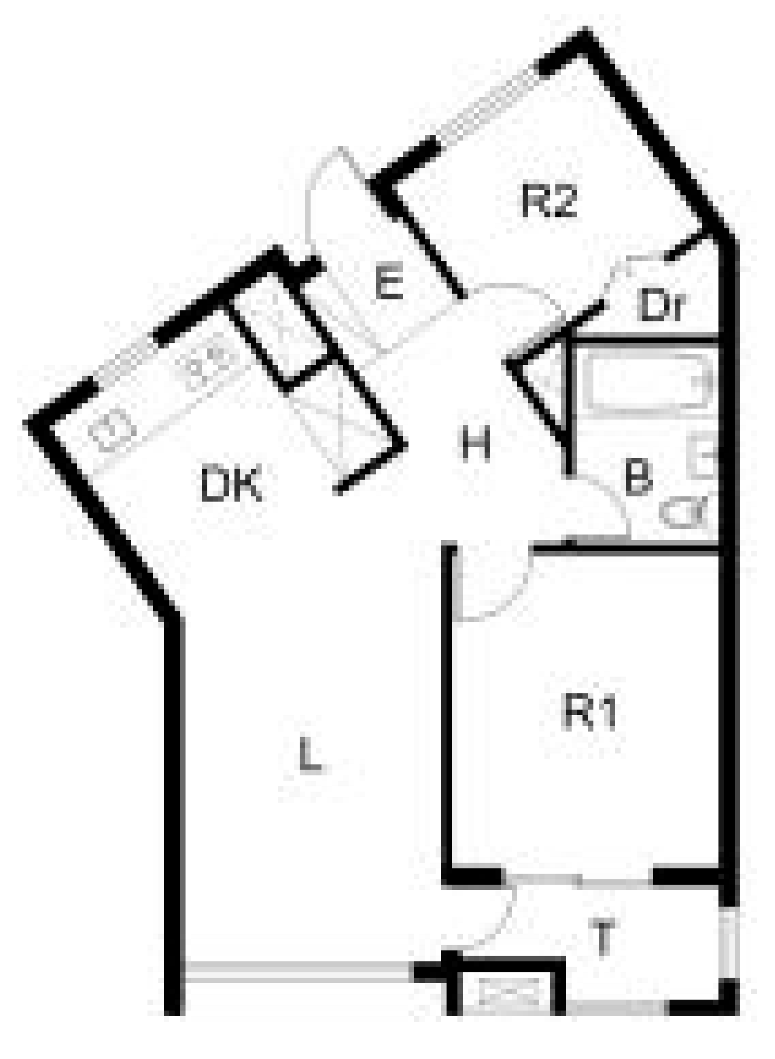
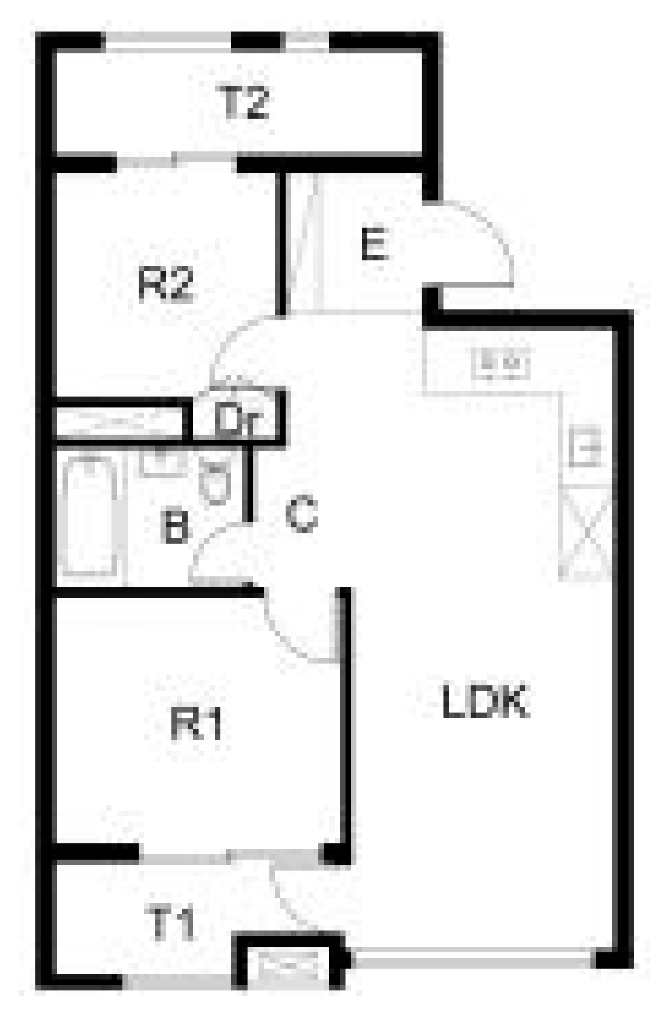
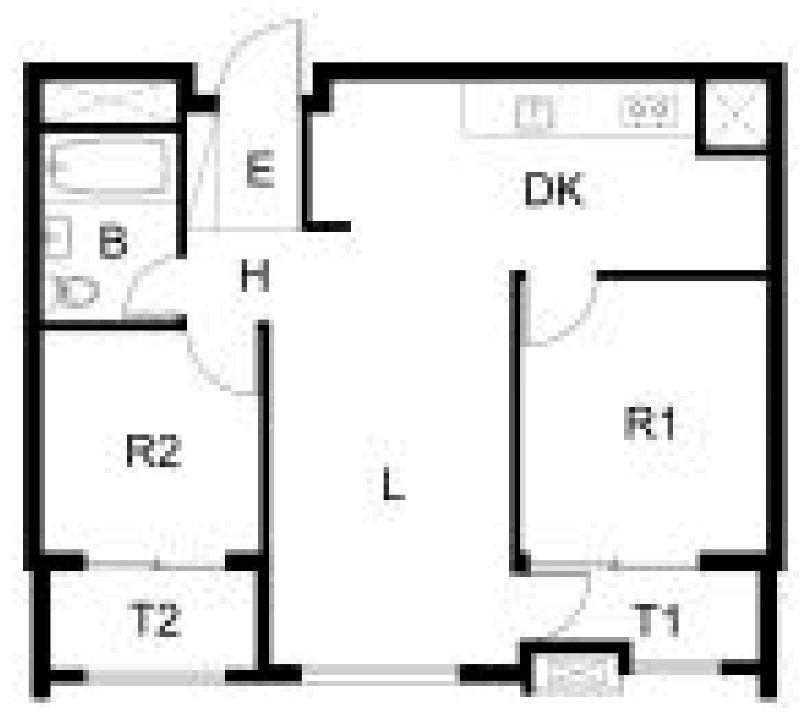
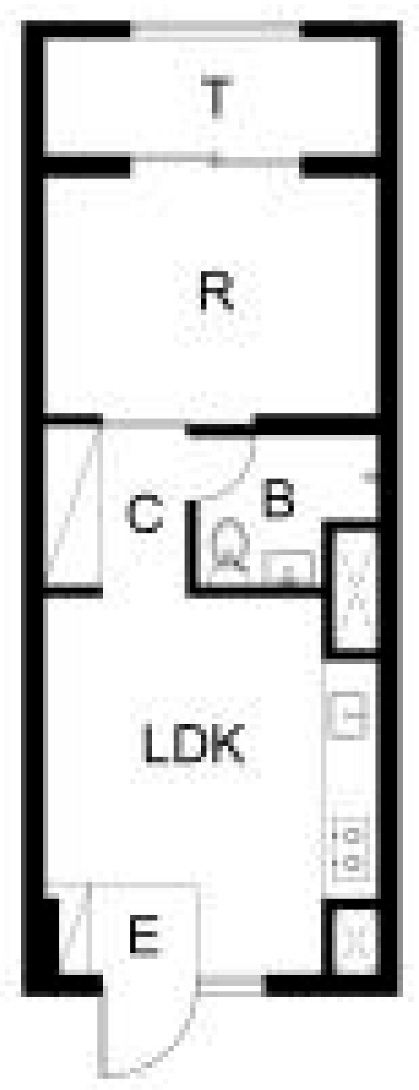


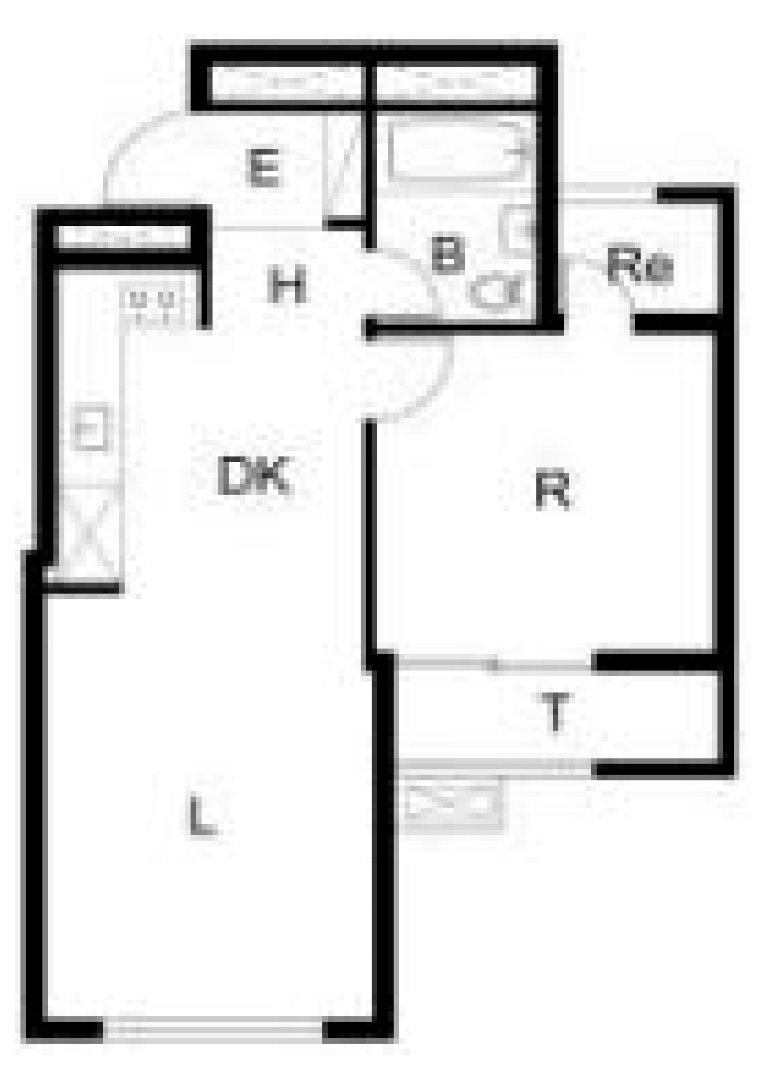


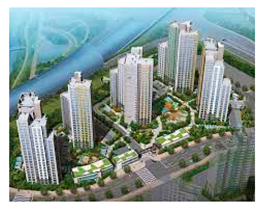


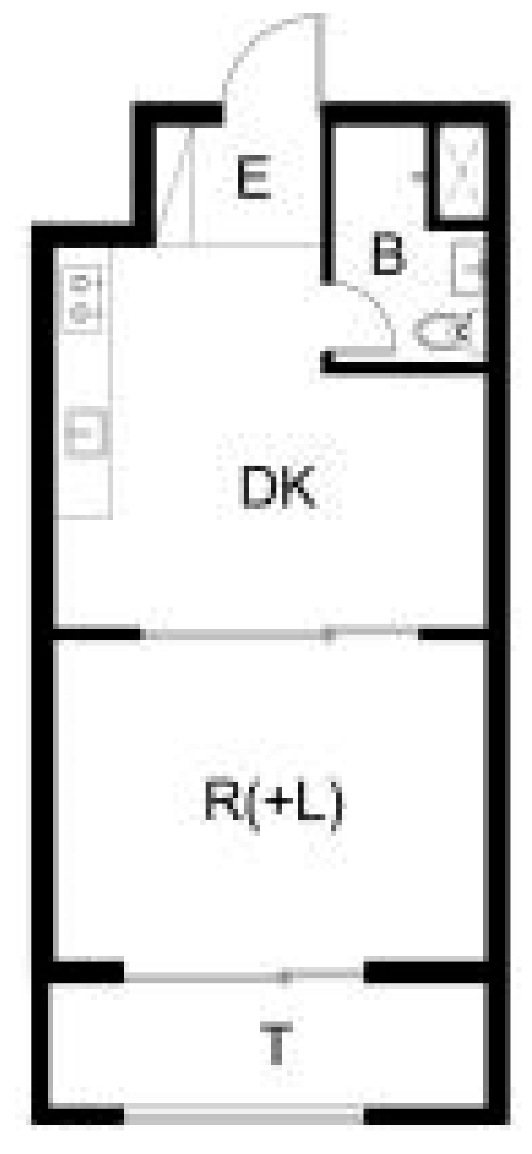

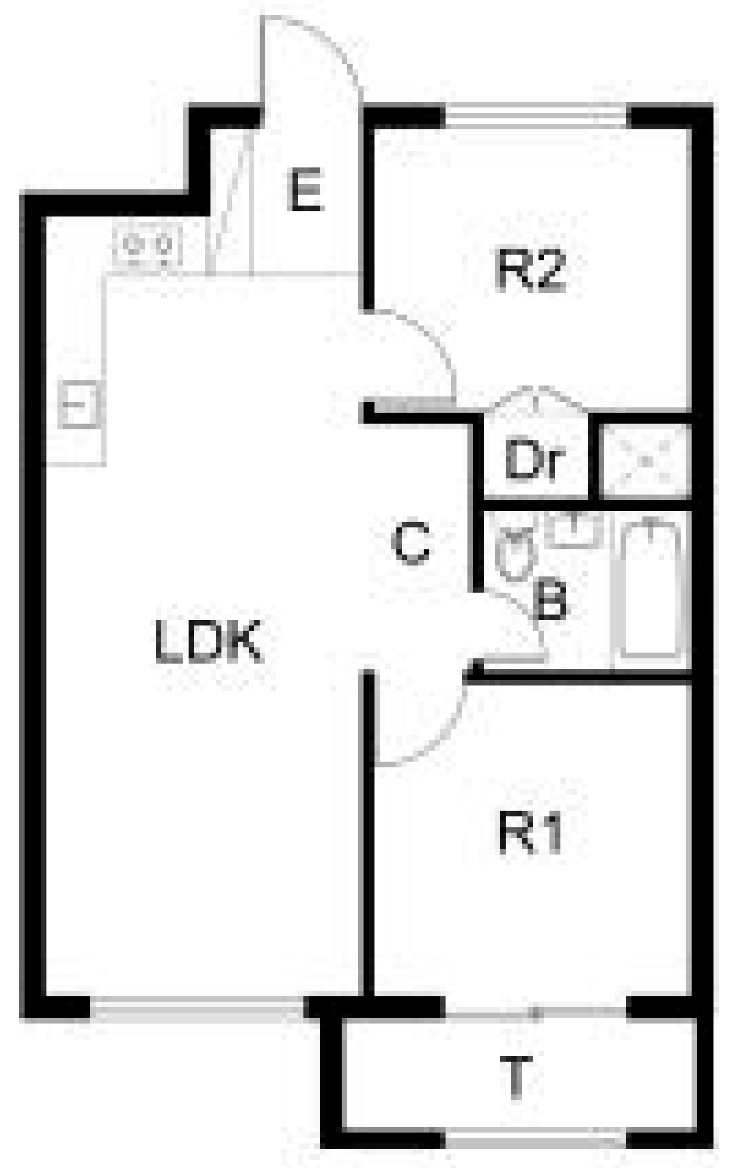


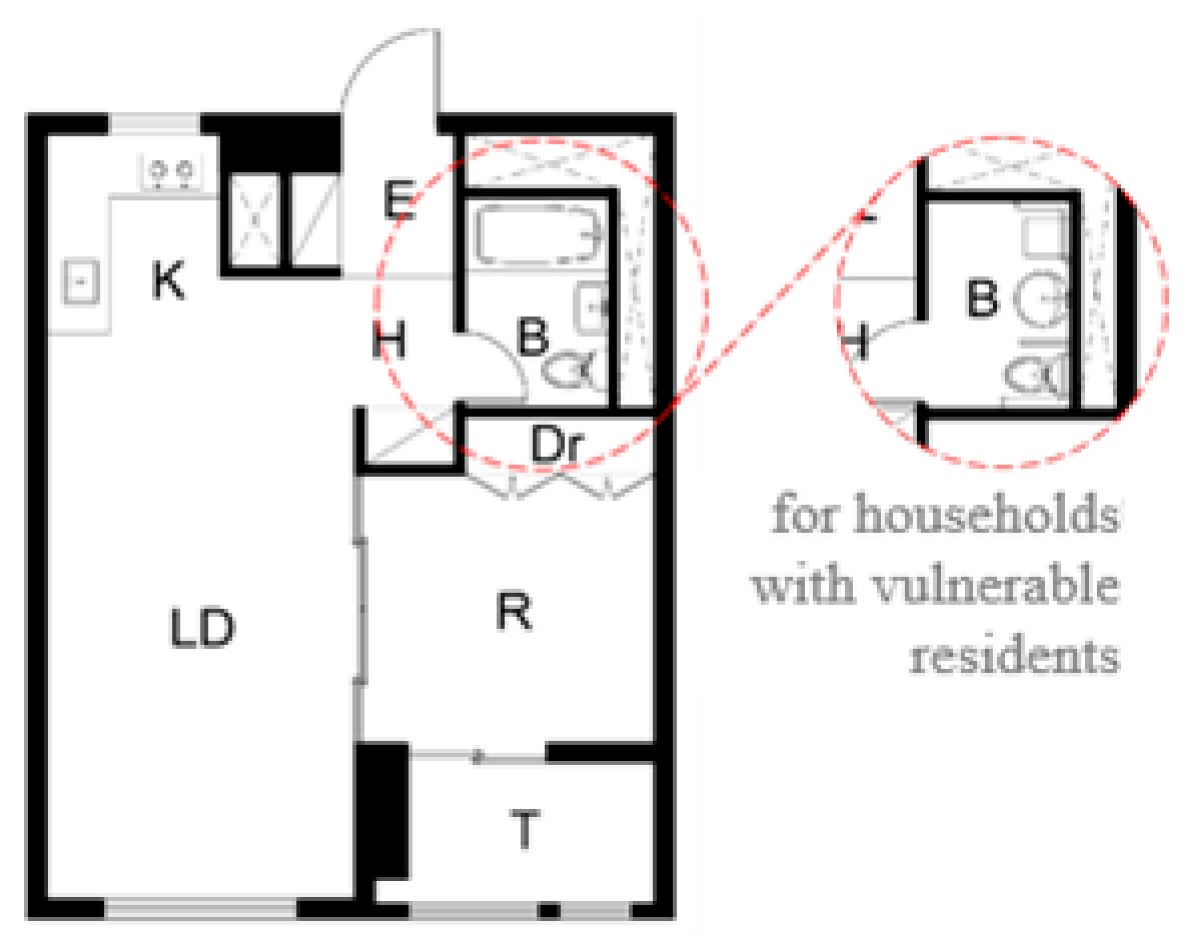
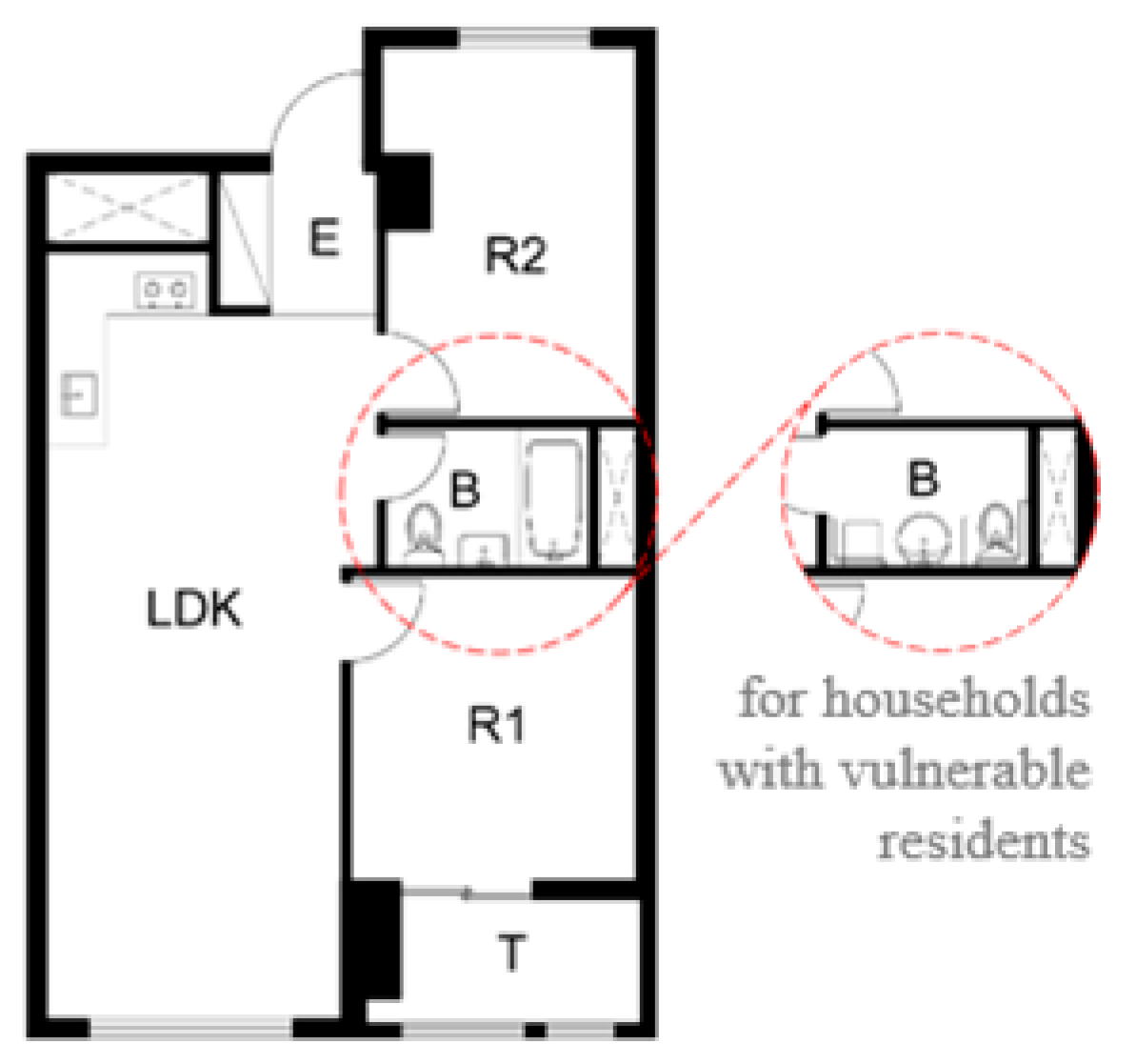

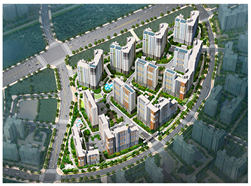





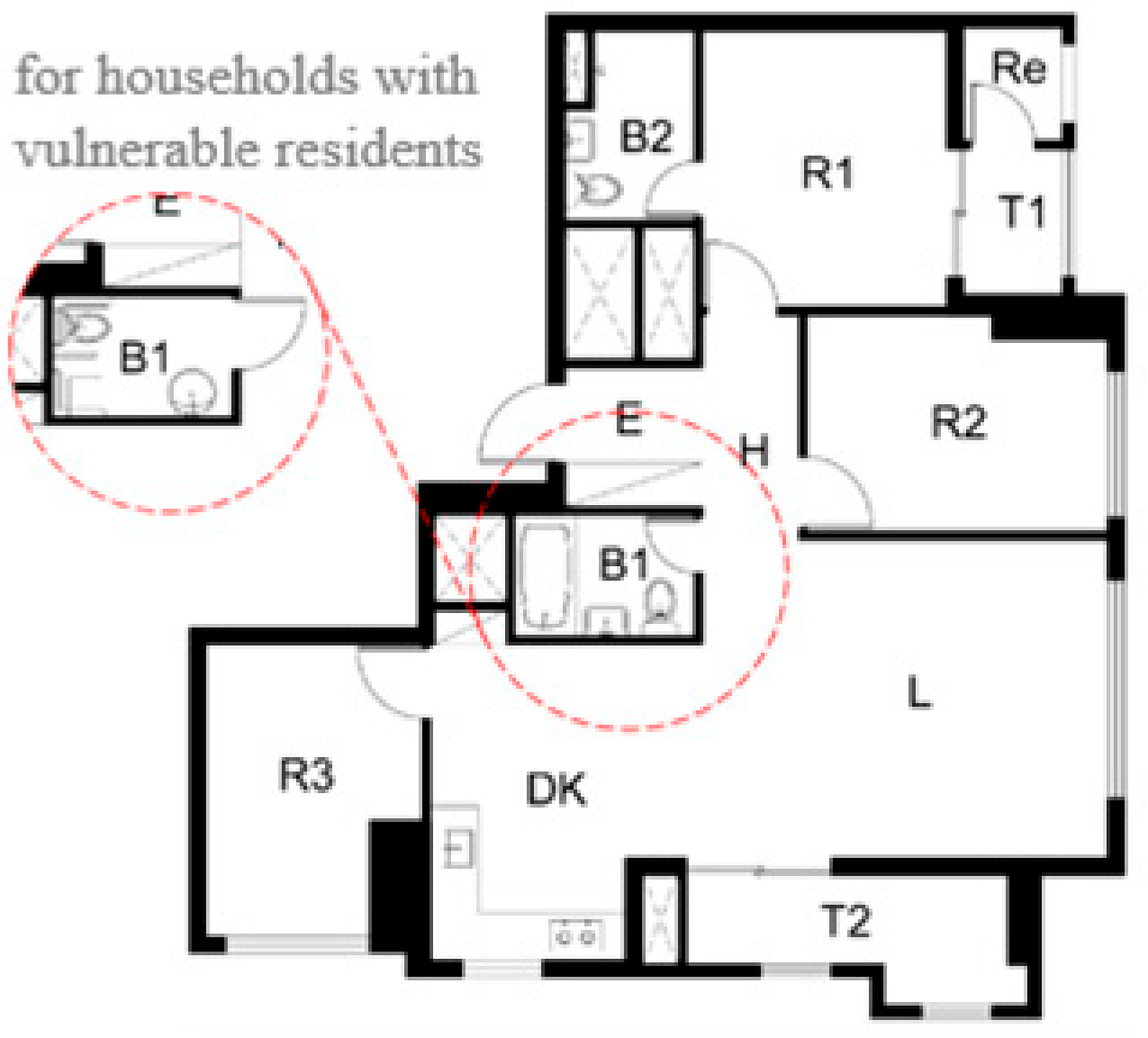


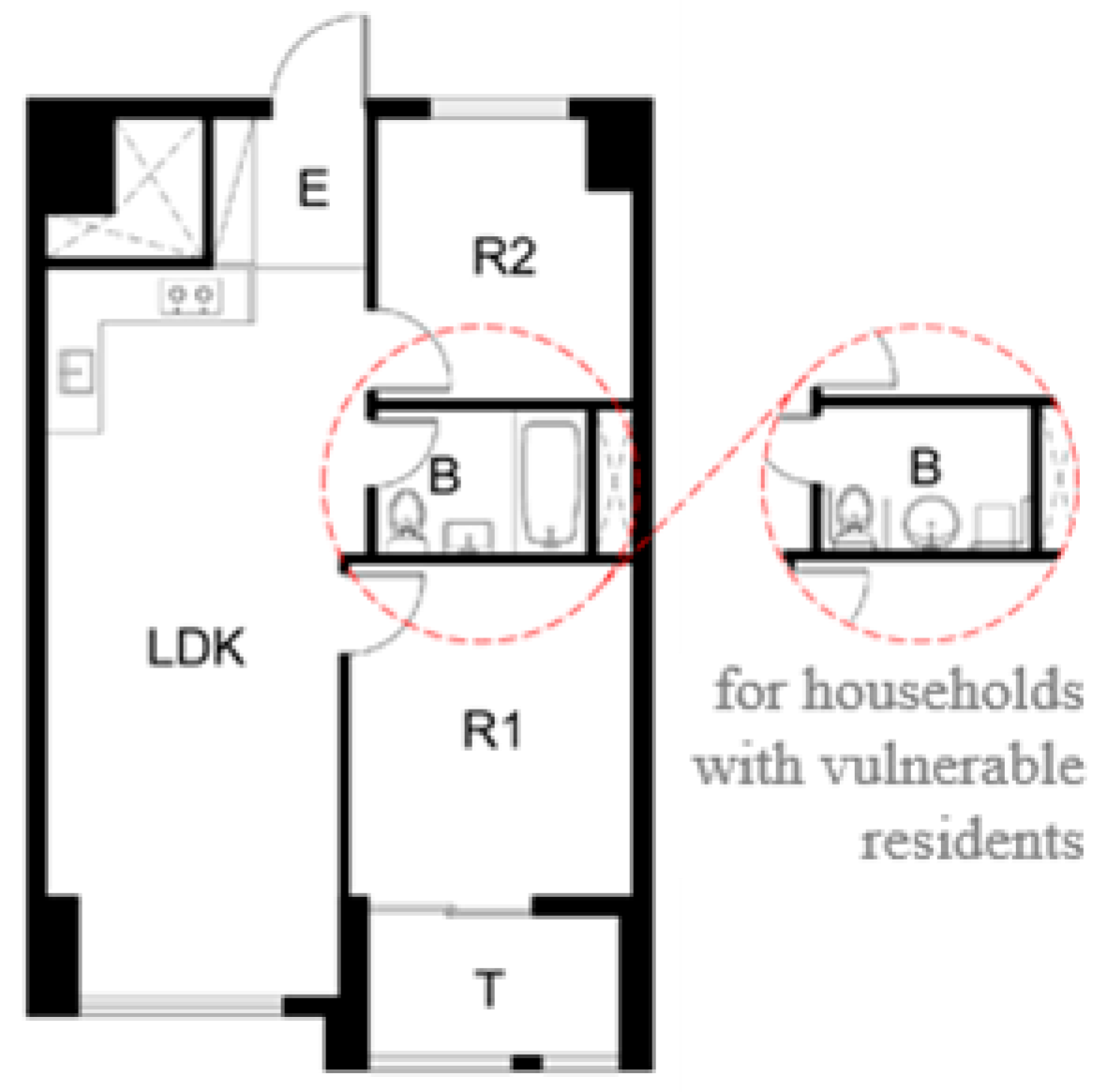



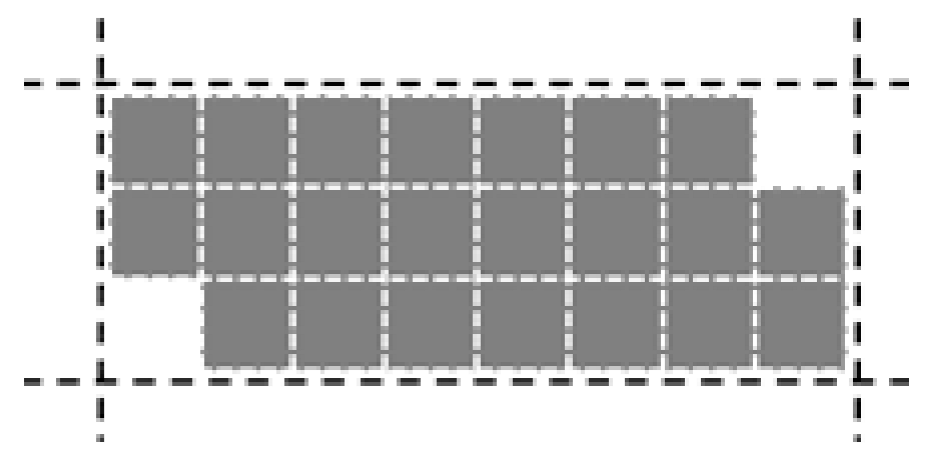


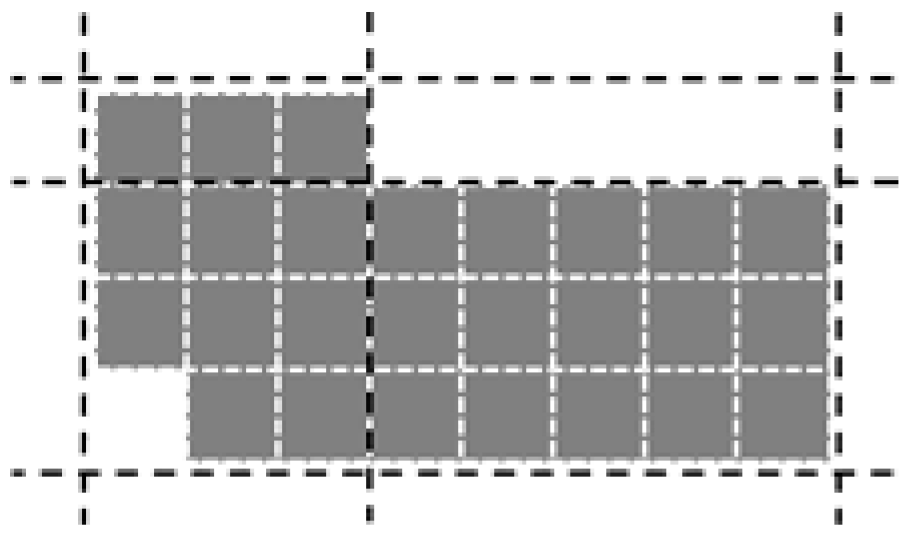
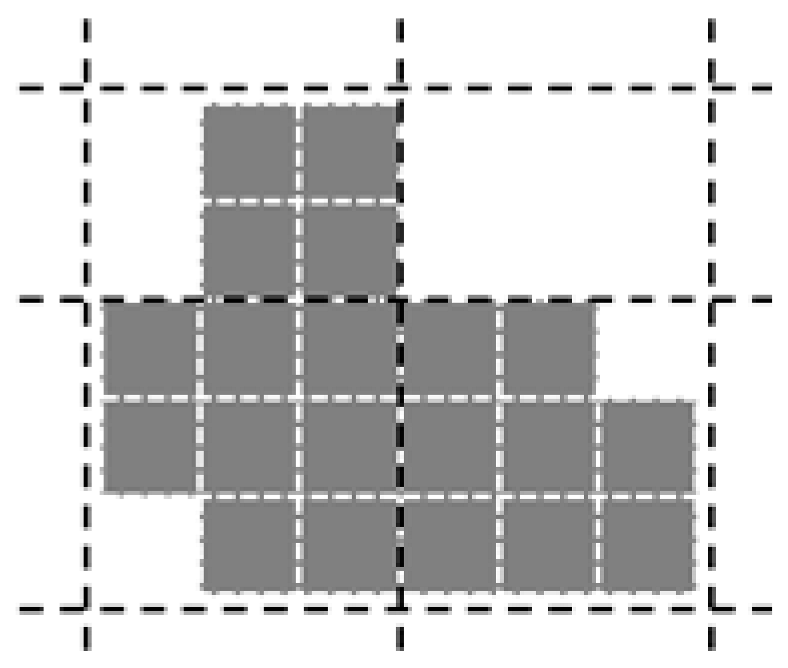
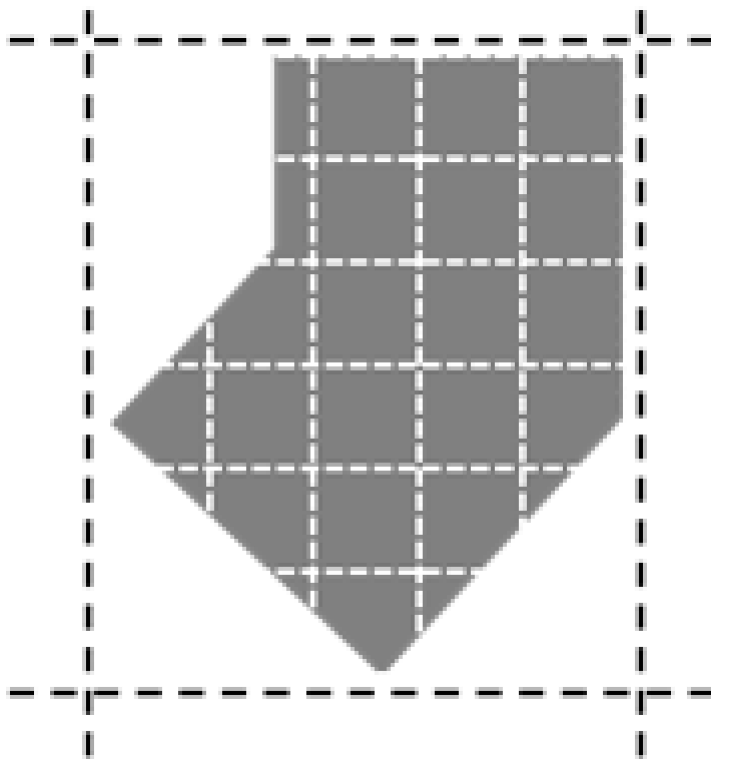


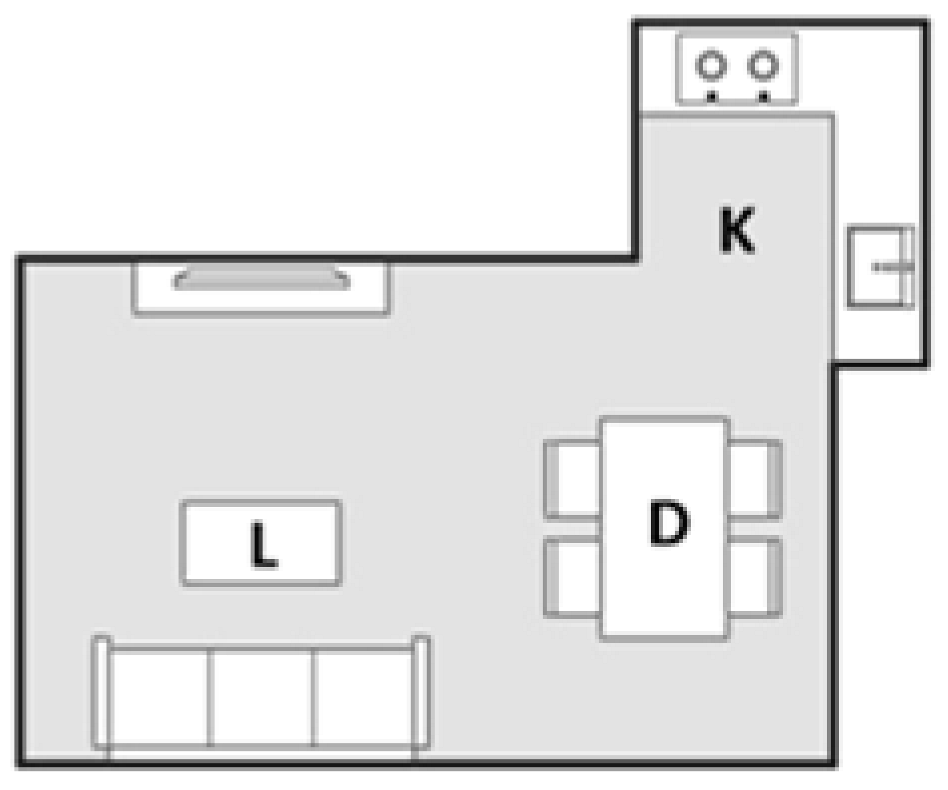
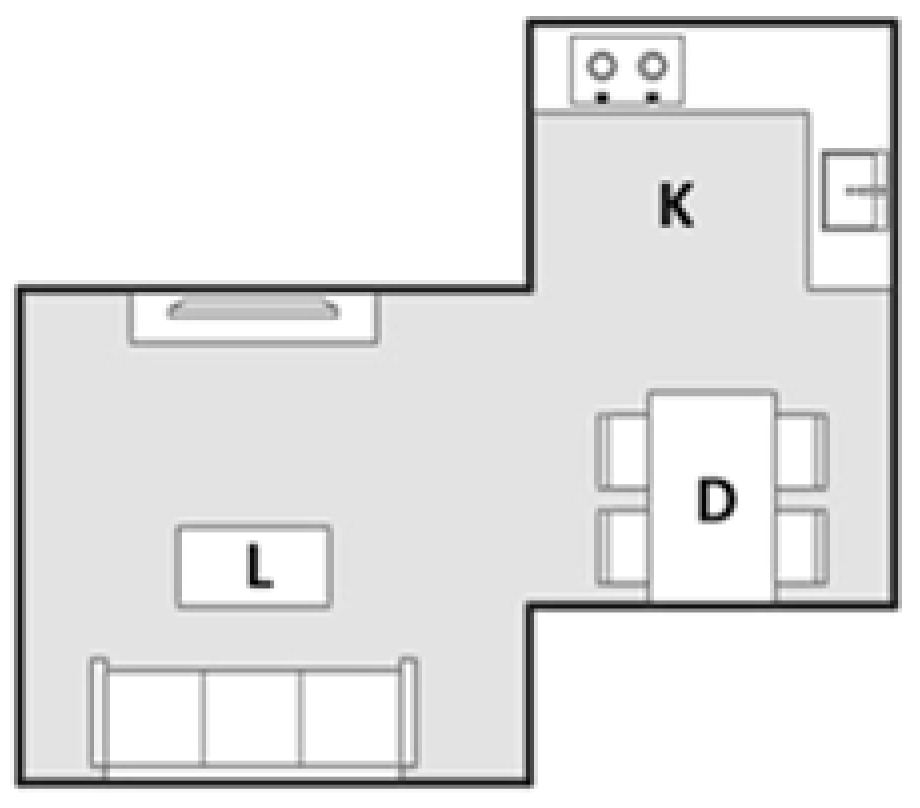

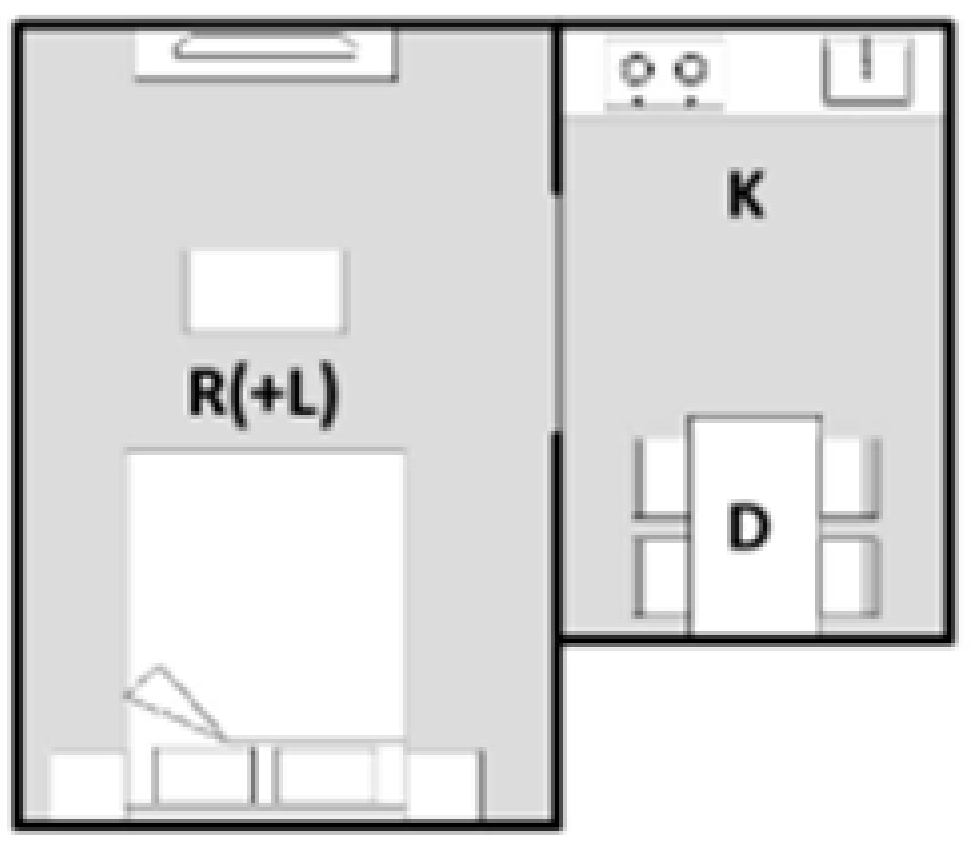
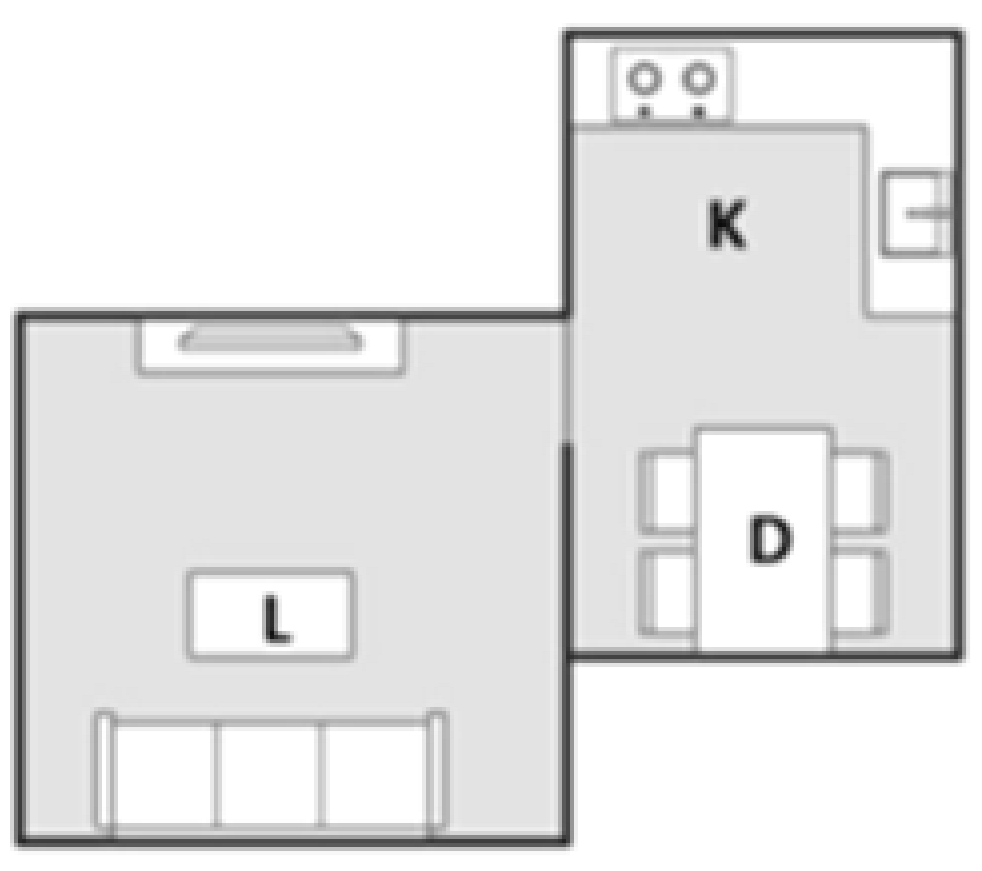
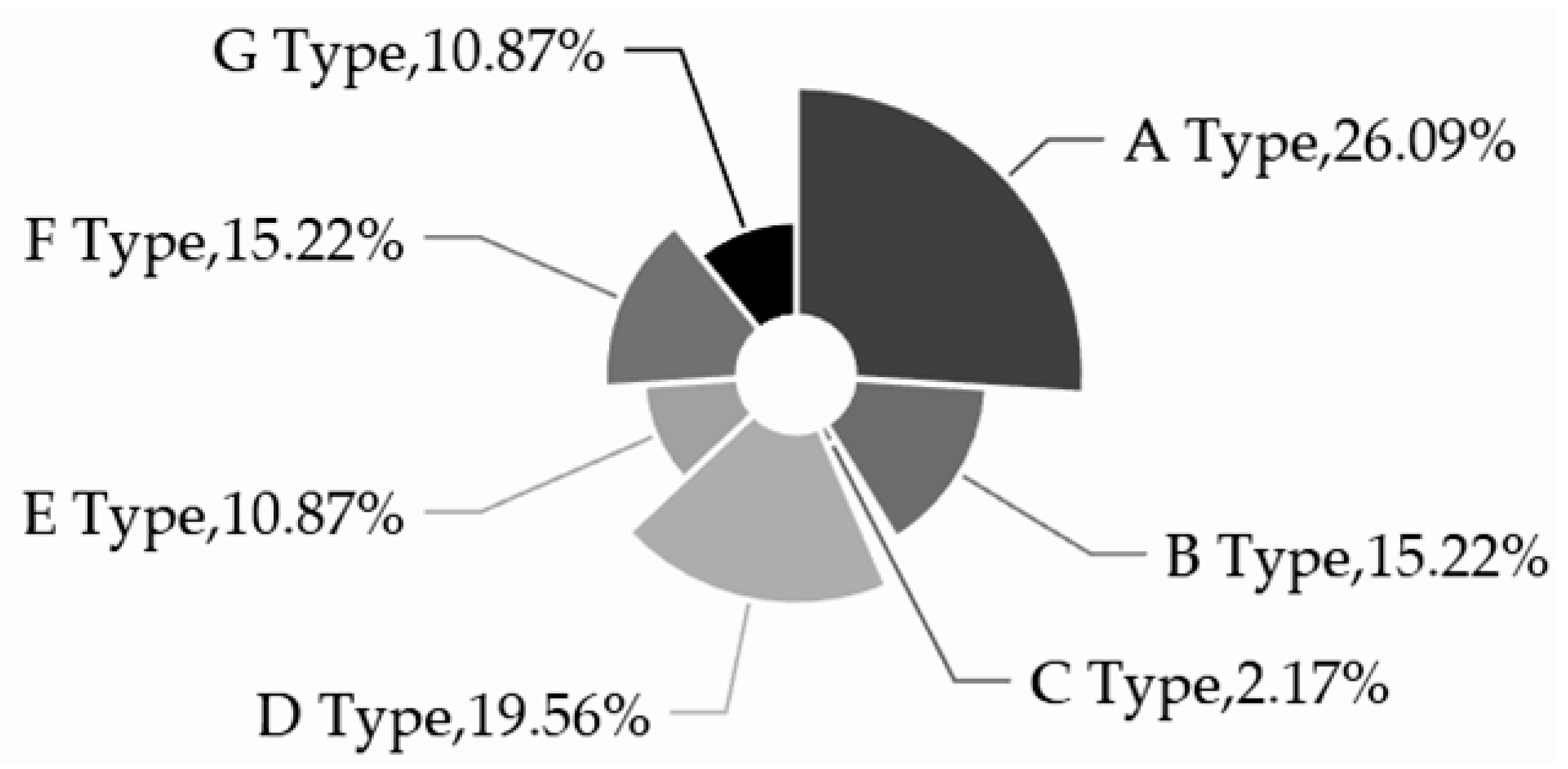


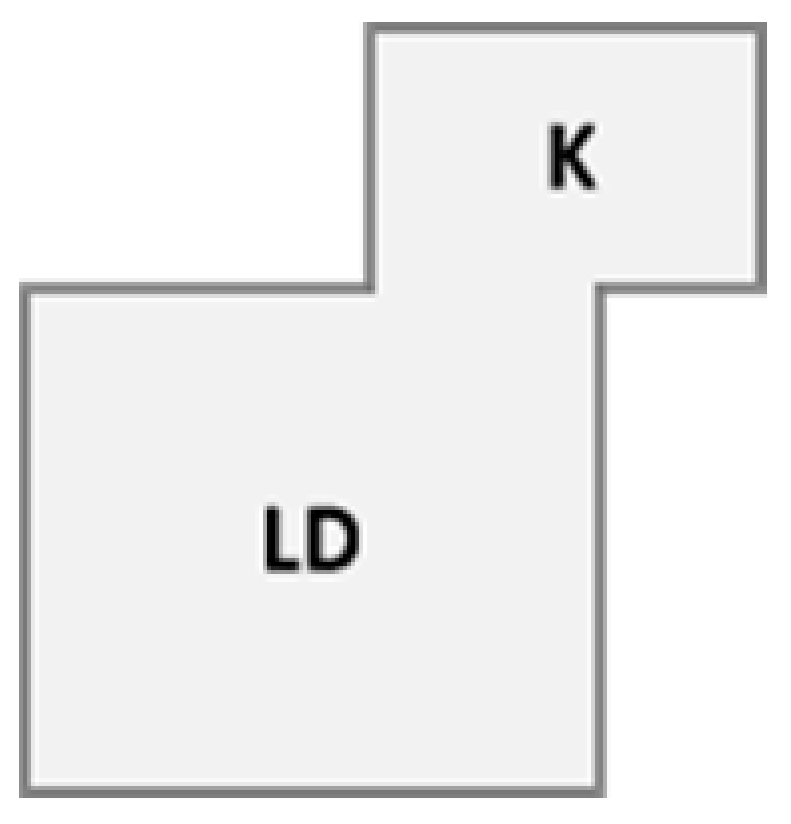

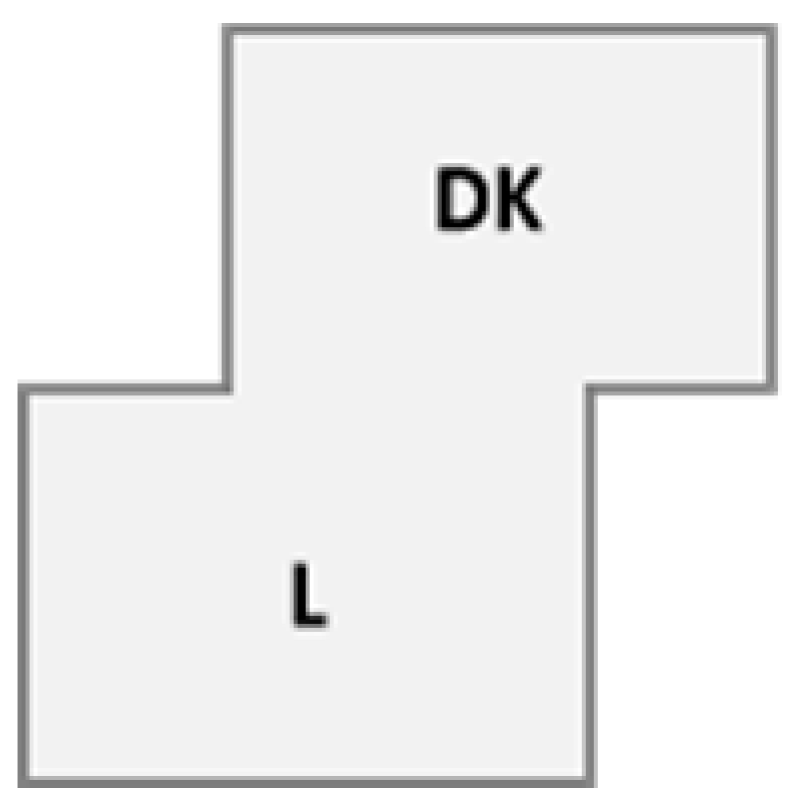

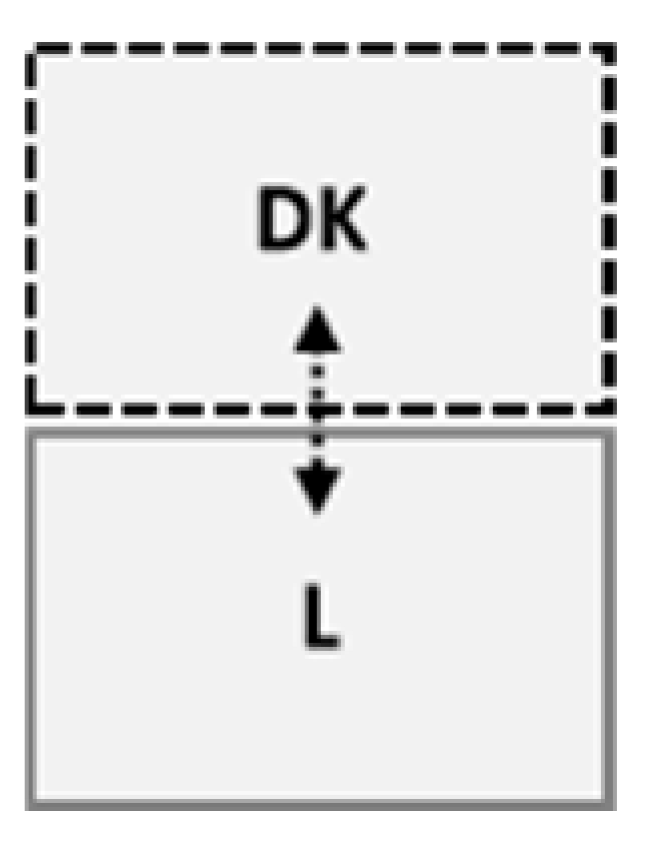
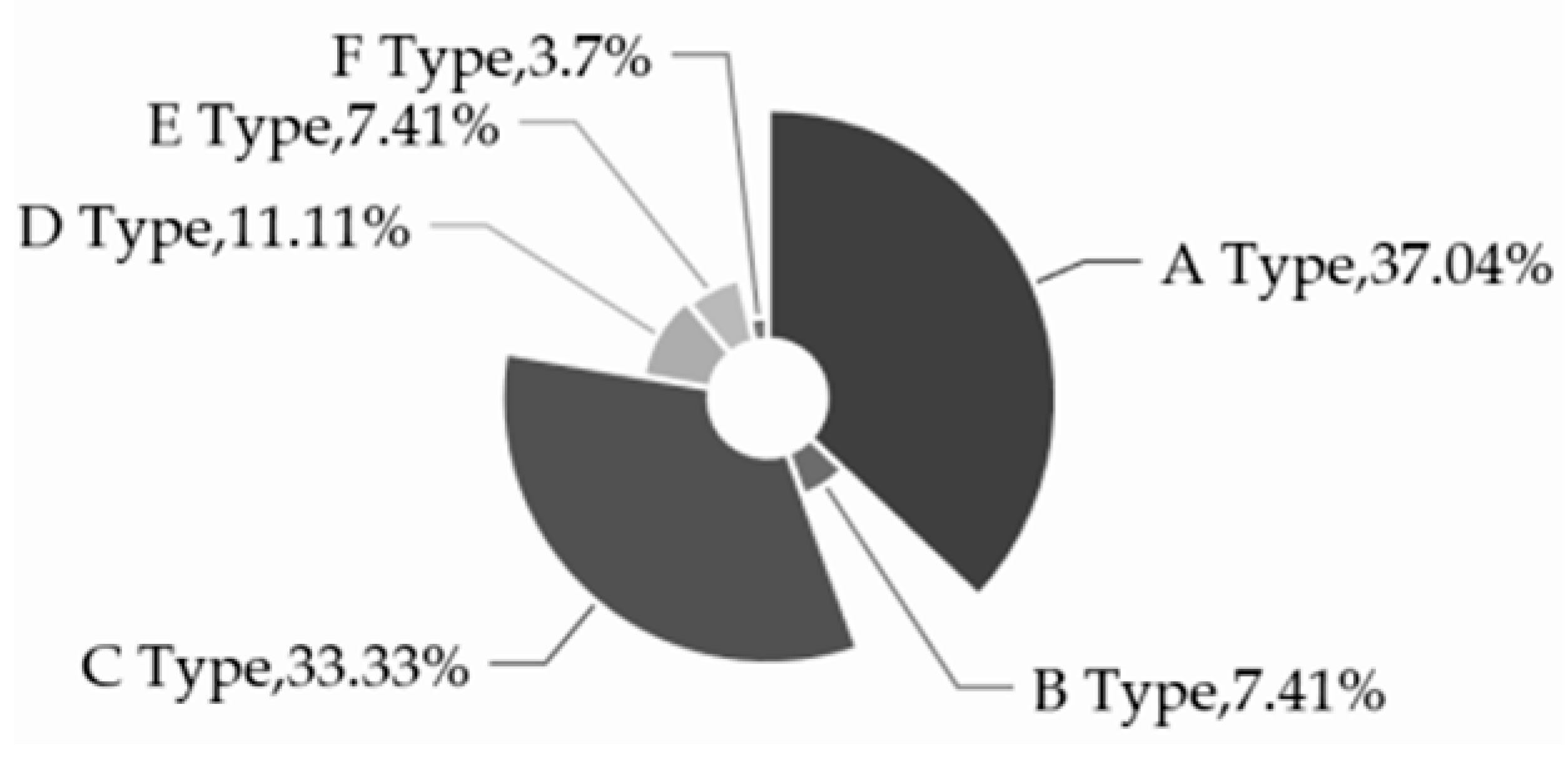
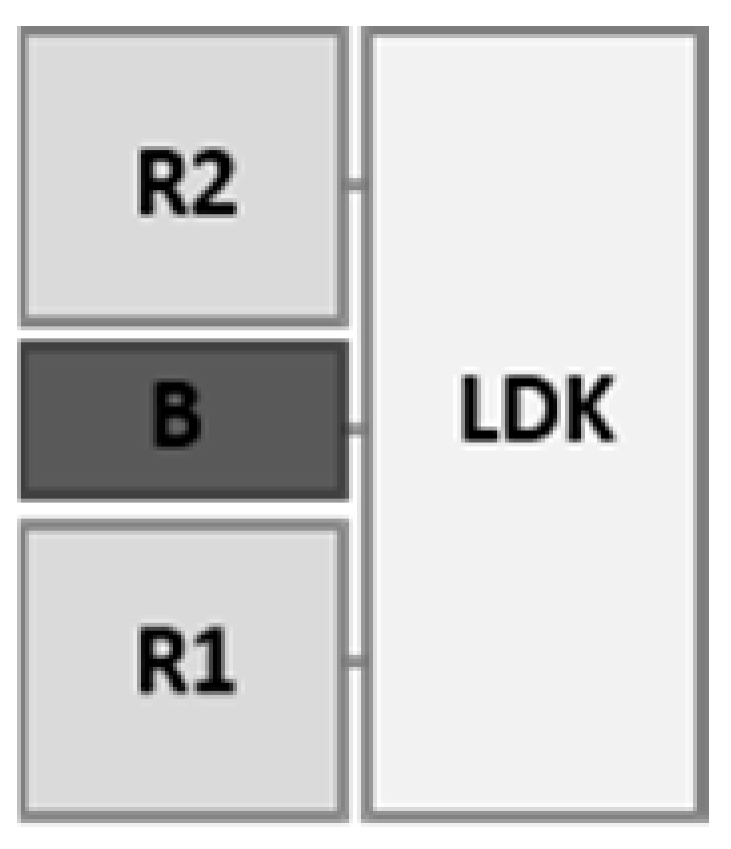
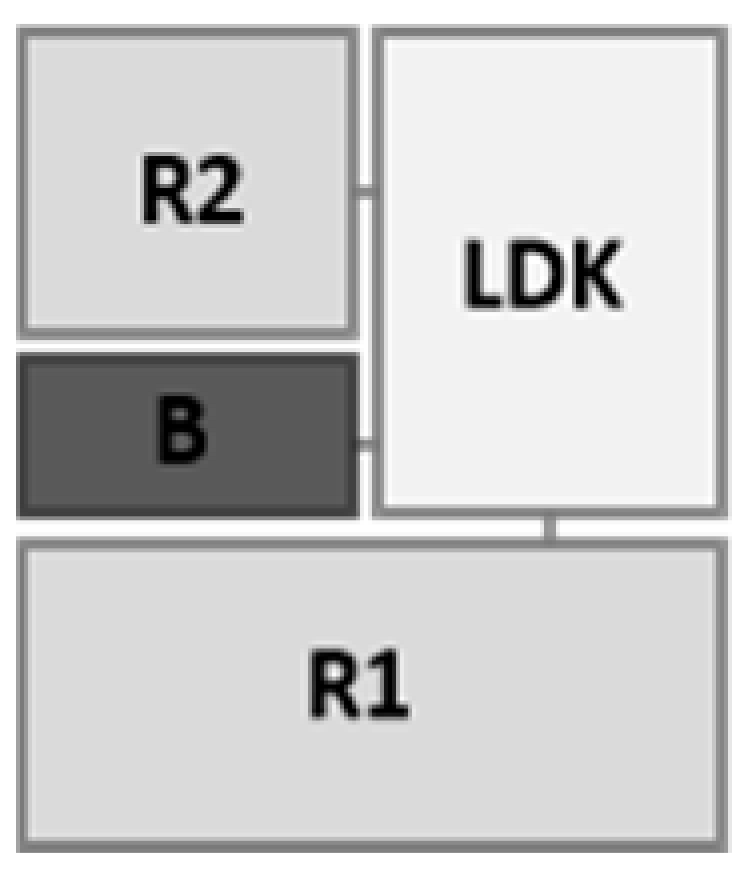


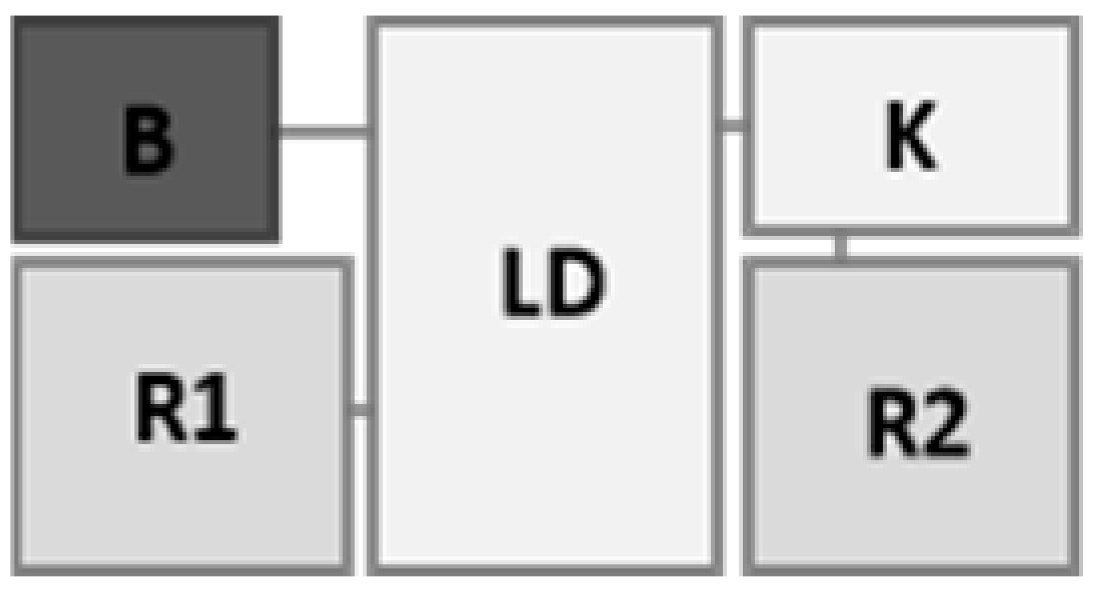
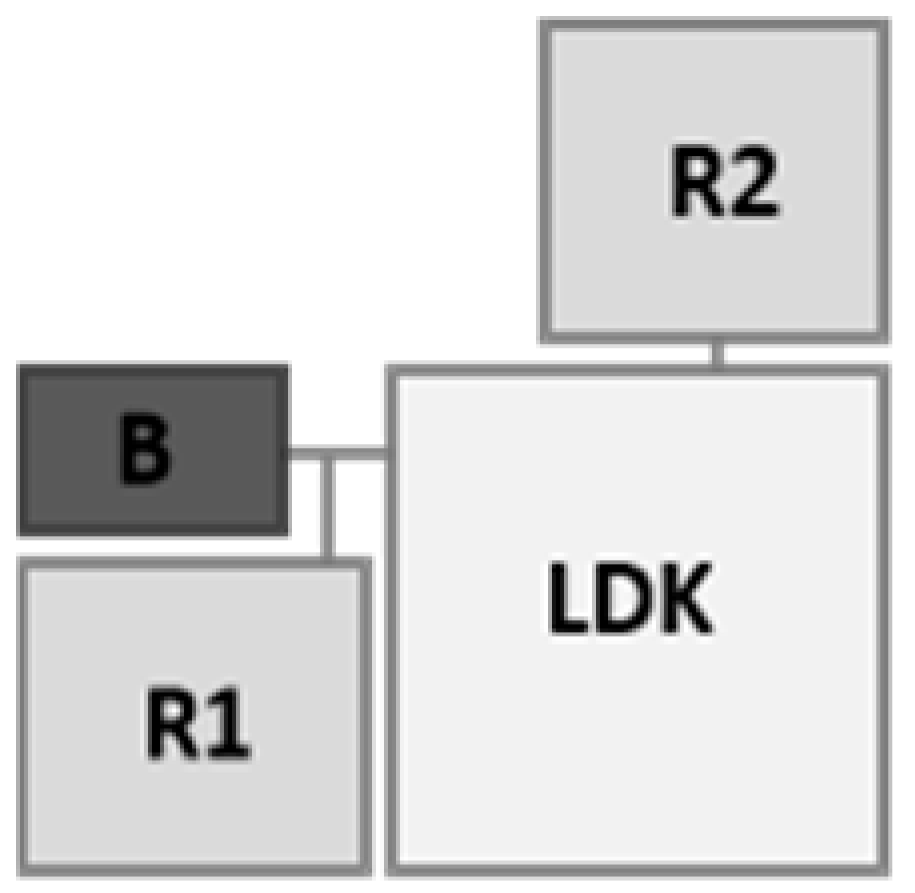

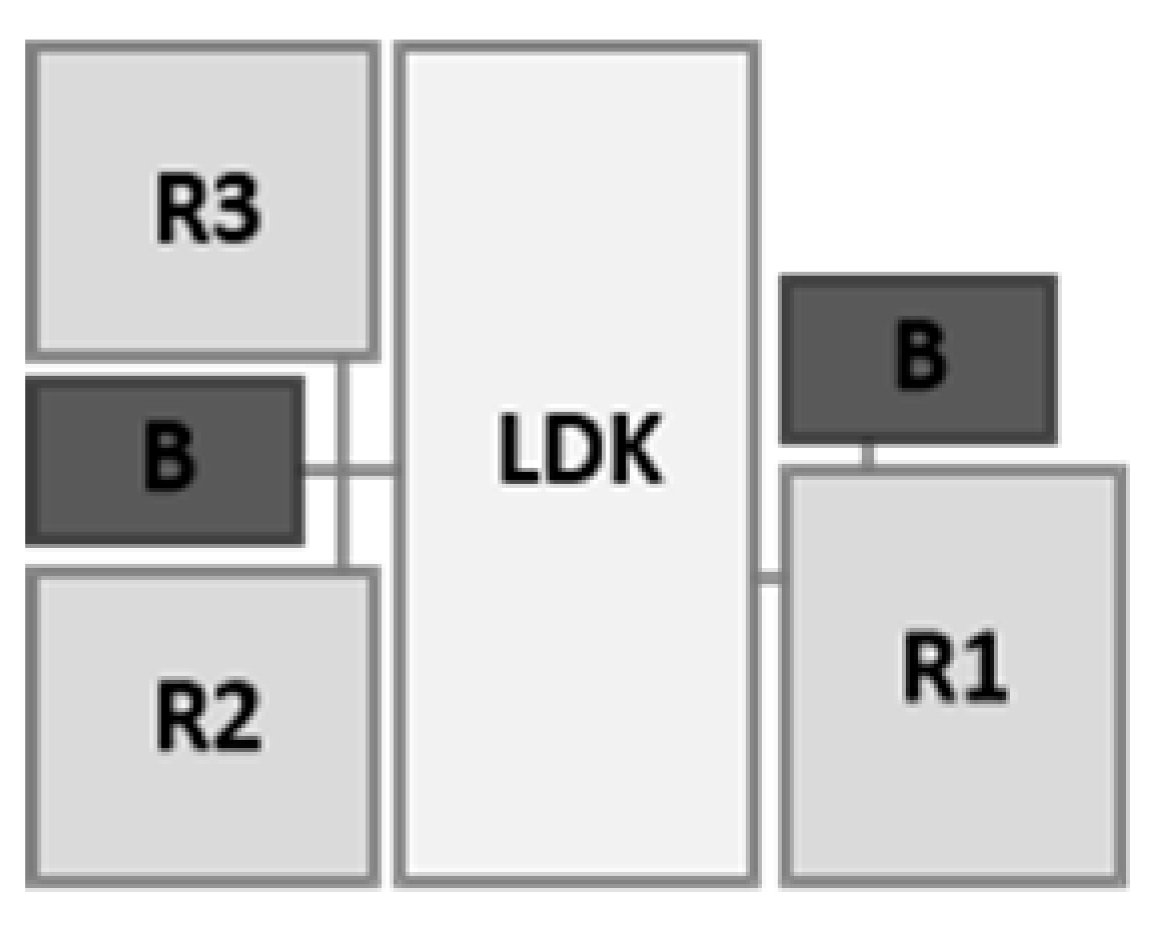
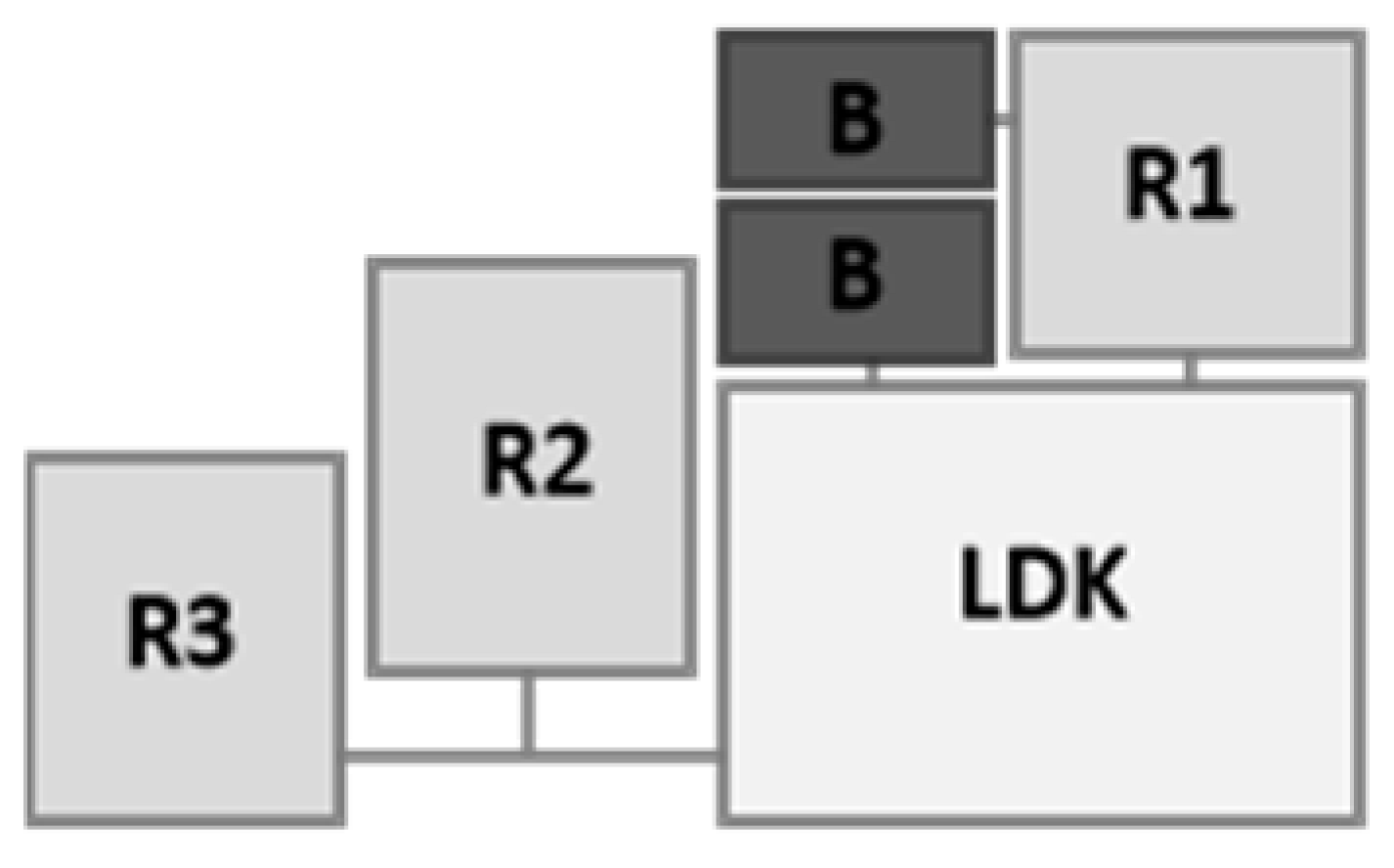
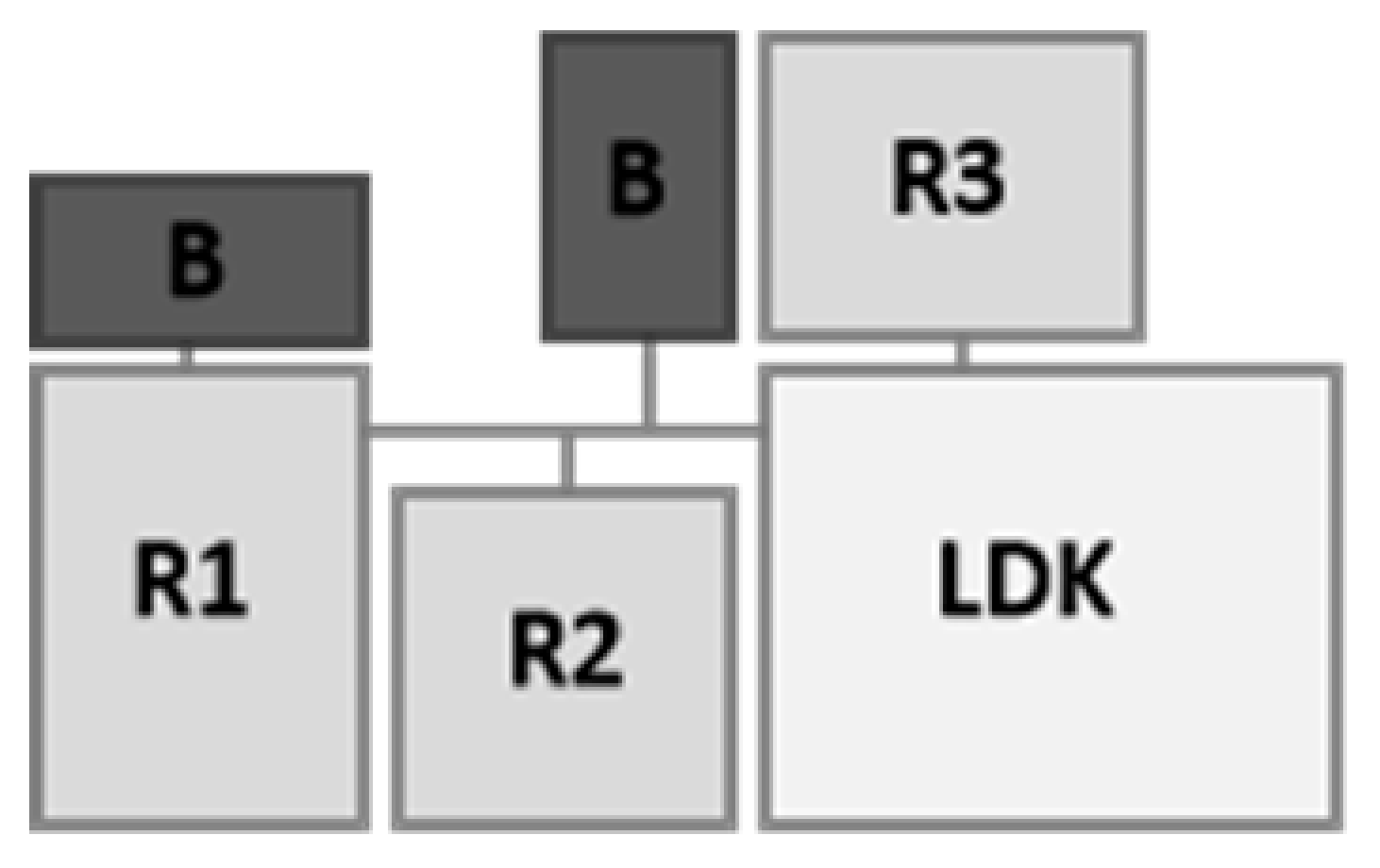
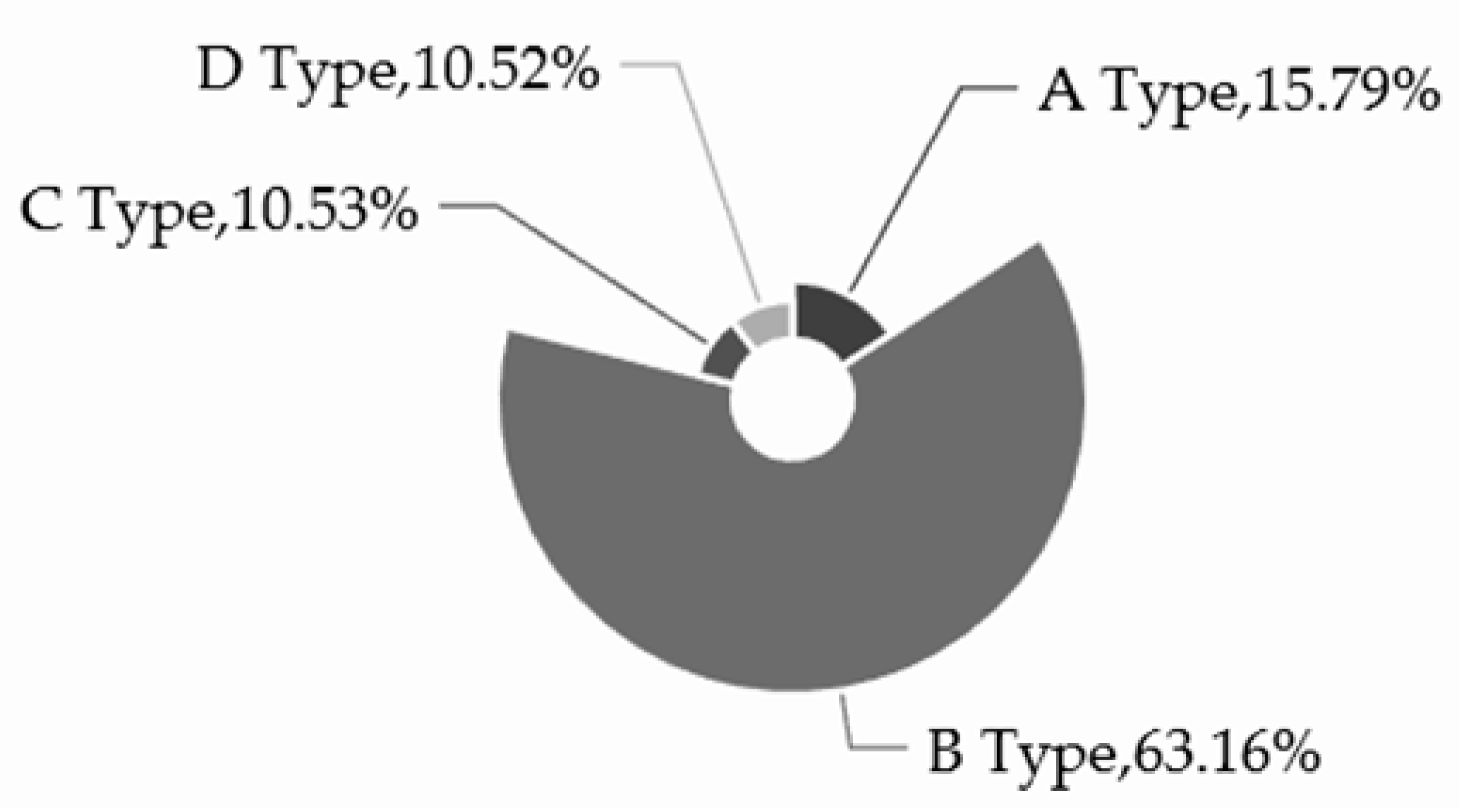
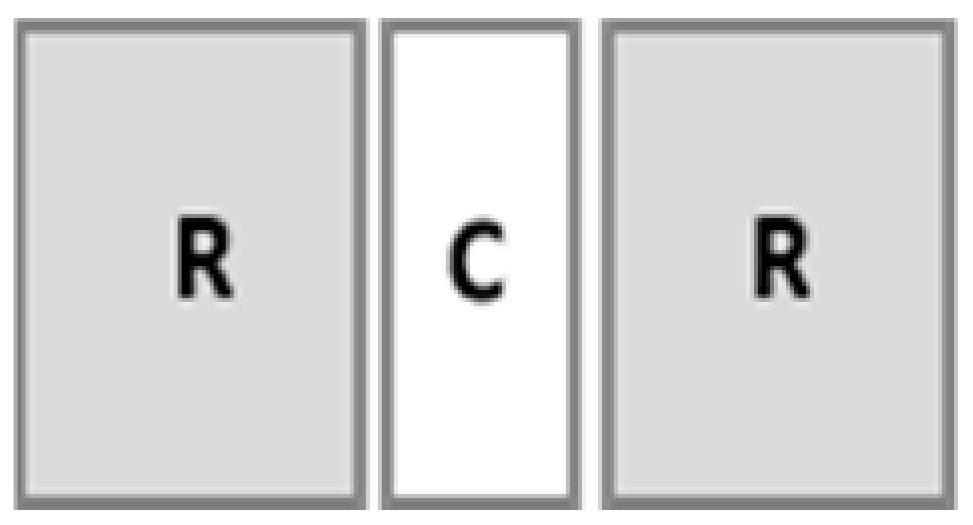
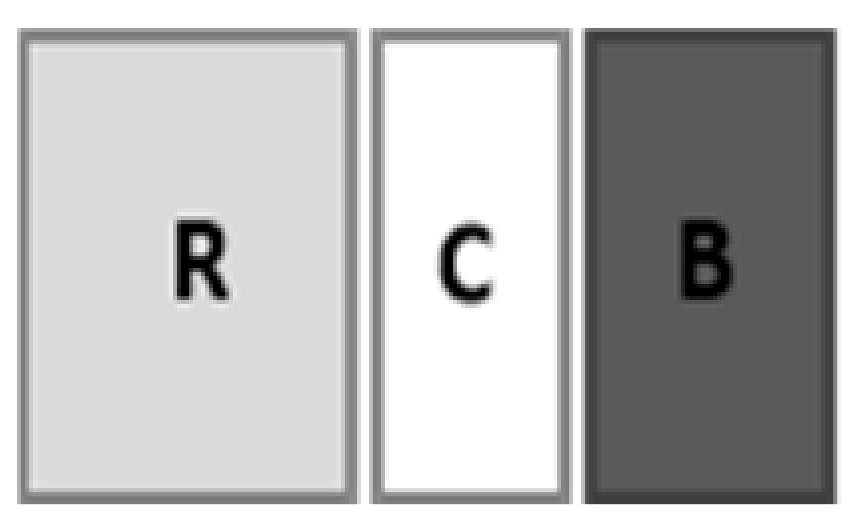
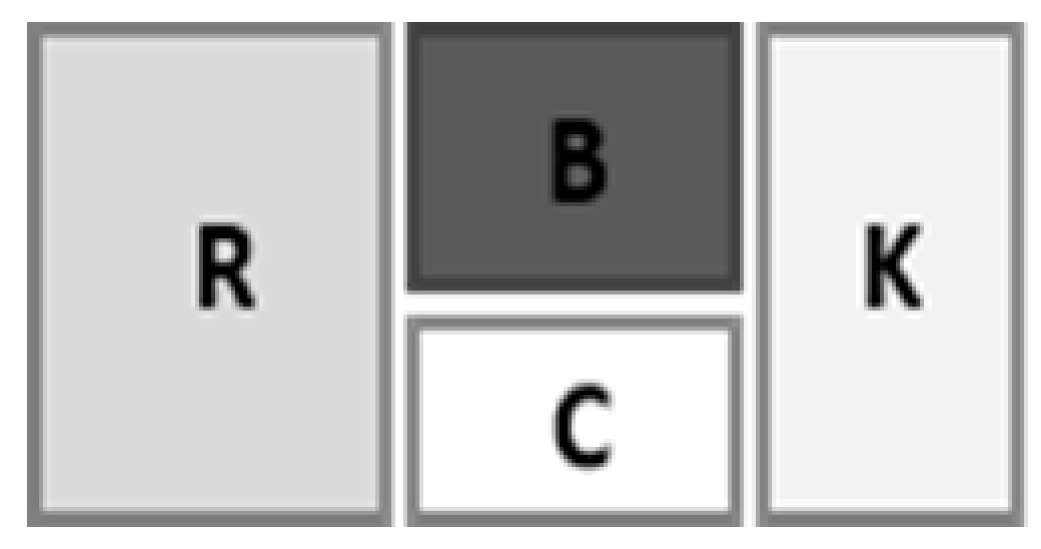

 P9-Z1
P9-Z1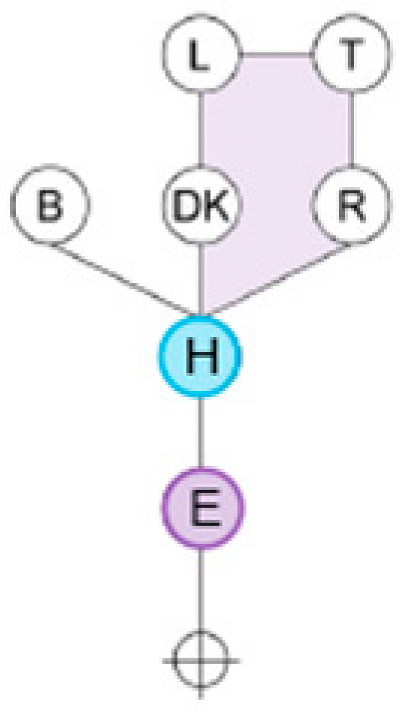 P3-O1
P3-O1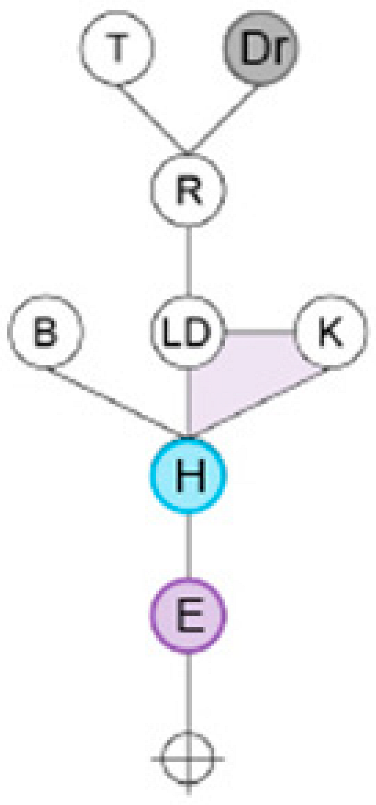 P6-O1
P6-O1 P7-O1
P7-O1 P1-T1
P1-T1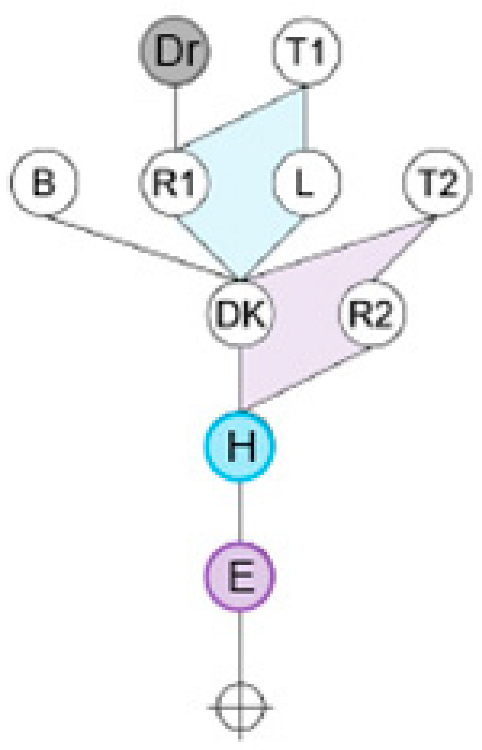 P3-T1
P3-T1 P4-T2
P4-T2 P6-T1
P6-T1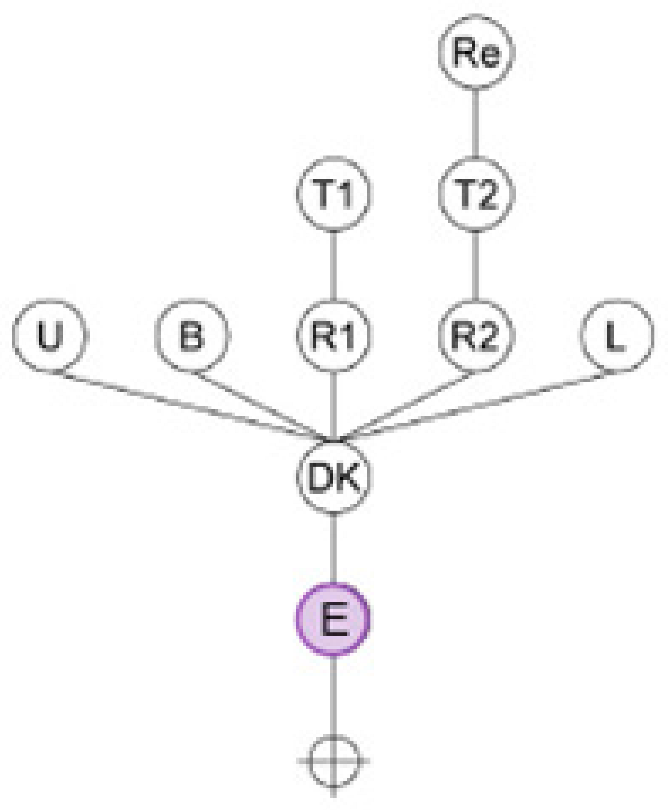
 P9-T1
P9-T1 P5-Th2
P5-Th2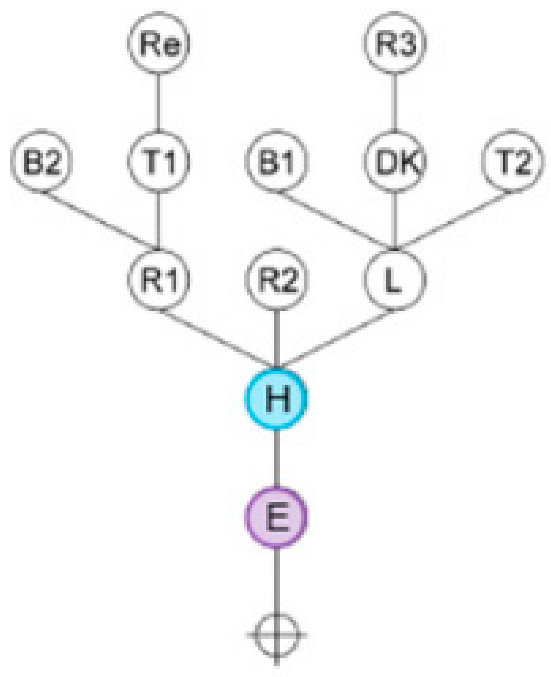 P8-Th2
P8-Th2





